LAST UPDATED: 1/25/24 – The Complete Olympic National Park Guide
Olympic National Park is one of my favorite national parks in the American Northwest. There is a wide variety of scenery, with scenic coastal views, beautiful temperate rain forests, and fantastic mountain vistas all available for you to see. While the breathtaking coastline might get most of the attention from travelers visiting the American Northwest, the area’s rainforests are the true gems. Some of the most beautiful temperate rainforests in the entire world can be found within Olympic National Park.
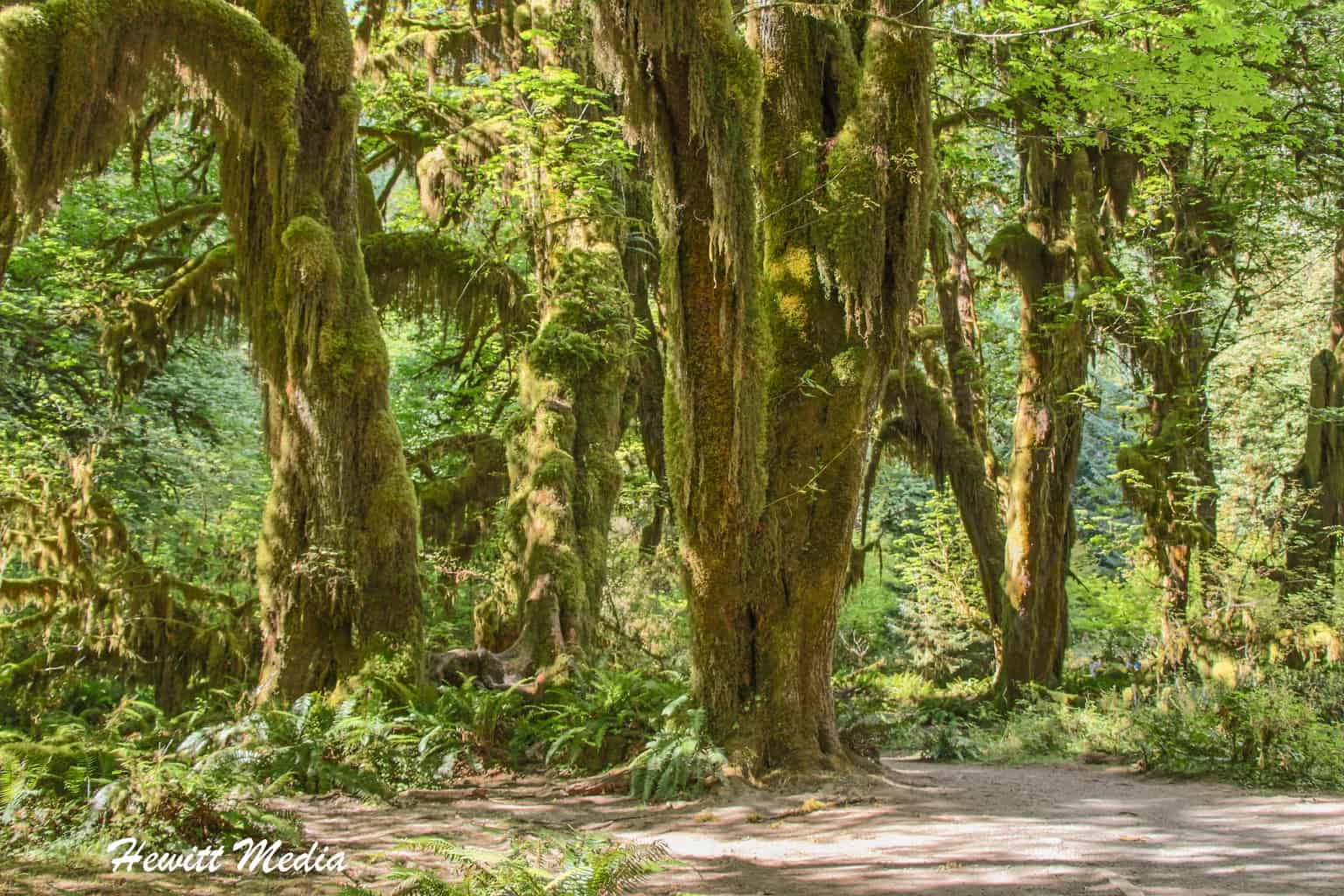
In my Olympic National Park guide, I am going to the information you need to plan your trip. I outline the best times of year to visit the park, so you can make the most of your visit. I also discuss the best ways for visitors outside the country to get there.
For those looking for accommodations near the park, I have some great recommendations in this guide. Most importantly, I discuss the top things to see in the park and surrounding area. With this information, you can be sure to plan a trip you will cherish for a lifetime.
Olympic National Park Guide Navigation Menu
How to Get to Olympic National Park
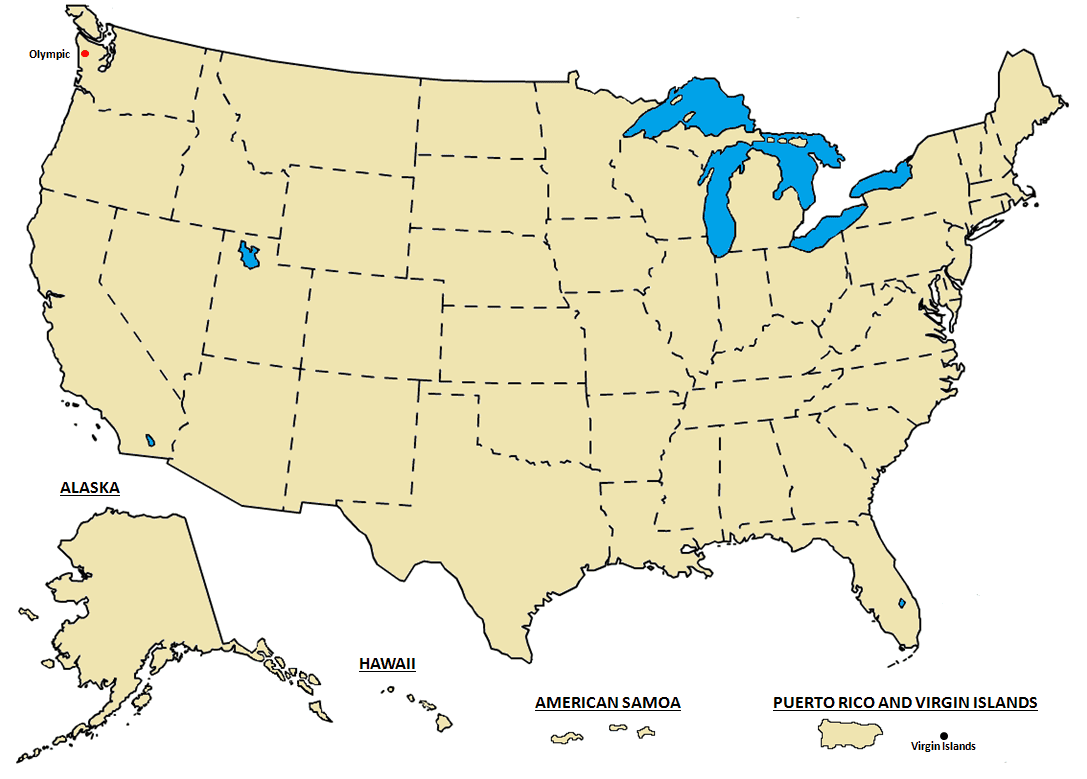
Olympic National Park is located in Northwest Washington State and is very close to Seattle Washington. If you plan to fly in to visit the park, I would definitely recommend flying into Seattle. If you plan to see other things while in the Northwest, I have provided you a table below on how far Olympic National Park is from some other large cities in the Northwest.
The last time I visited, I flew into Seattle and then visited Olympic National Park. I was also able to see Mount Rainier, the North Cascades, and Mount St. Helens on that trip. If you are into scenic landscapes, there really is a lot to do and see in the area.

For those who would also like to see the Oregon coast, the city of Portland, Oregon is also very close. If you have some extra time, you can probably work a stop in Portland into your itinerary.
You can drive down the coast to see some more of one of the prettiest coastlines in the United States. Along the way, I suggest seeing the gorgeous Heceta Head Lighthouse (13 miles north of Florence, Oregon).
I included a picture of Heceta Head Lighthouse in my Olympic National Park guide below. However, the stunning sights aren’t just on the coastline. Inland, you will find the beautiful Multnomah Falls (located 30 miles outside Portland).
| READ MORE: |
 |
| Heceta Head Lighthouse Visitor Guide |
| READ MORE: |
 |
| Multnomah Falls Visitor Guide |
Best Time to Visit Olympic National Park
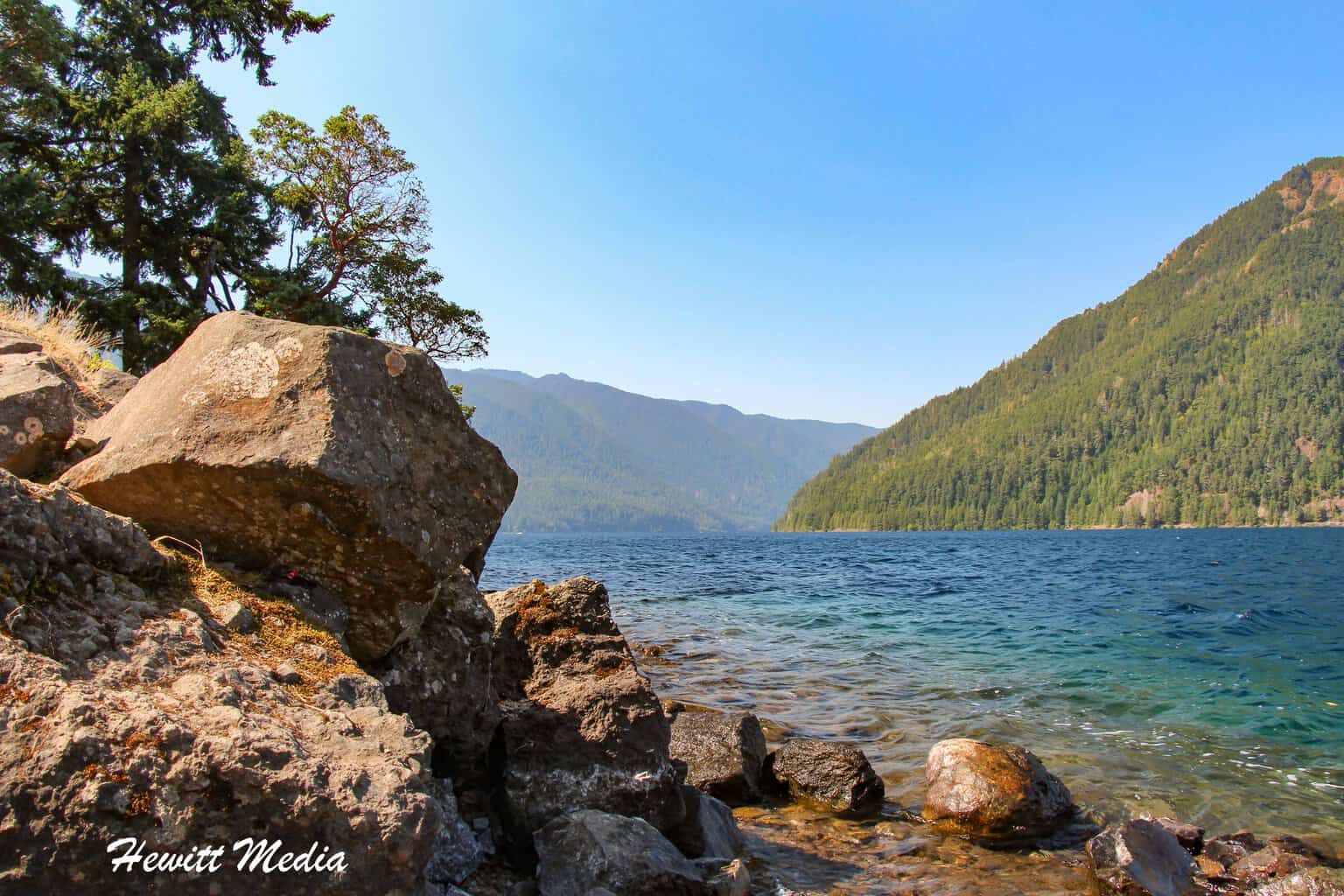
No matter when you visit Olympic National Park, you won’t be short on things to see and do. However, depending on why you are visiting, some seasons may be better than others. This is particularly true if you are visiting to go hiking, kayaking, or do some other activity.
If you are trying to determine what time of year is best for your visit, you are in luck. I have included some weather and visitor information in my Olympic National Park guide below for you to review.
Average Temperature (°F)
For more information on the average temperatures in the park throughout the year, I have included a chart for you to review in my Olympic National Park guide below.
Average Precipitation (Inches)
For those who are starting to plan their trip to see the Olympic National Park and would like to maximize their chances of having nice weather, I have included a chart that outlines the average amount of precipitation for you to review below.
Average Number of Visitors (in 1,000’s)
Olympic National Park is a popular place, so you can plan to see crowds in the park at certain times of the year. If you would like to plan your trip to avoid the crowds, please see the chart on the average number of visitors I included below.
Spring (March through May)
Spring is a fairly wet and humid time of year to visit Olympic National Park, but it is also one of the best times to visit the park to see wildlife. The month of March is arguably the best time to come to see the famous Roosevelt Elk, for whom the park was originally established to protect.
They can often be spotted near the park’s rainforests. In April and May, you will likely have the best opportunity to spot one of the park’s many black bears, as they just starting to wake up and become active.
Animals are Easy to Spot in Spring
Animals are fairly easy to spot this time of year, as they often use the park’s many roads and hiking trails to get around. Because the humidity is still relatively high, there is a good chance you could see some of the smaller animals the park is famous for, such as amphibians, snails, and banana slugs.
During the early part of the season, the high country, including the access road to Hurricane Ridge, is only accessible on weekends. However, by late Spring (weather permitting), the high country becomes more accessible. If Hurricane Ridge is high on your list of things to see at Olympic, I would suggest you monitor the Hurricane Ridge Twitter Account to see when the access road opens full-time.
Summer (June thru August)
Summer is undoubtedly the most popular, and also the busiest, time of year in Olympic National Park. This time of year the park is at its driest, with precipitation and humidity levels relatively low. However, because of the low humidity, rainforest animals such as banana slugs and snails are much harder to spot.
However, if you are hoping to spot some animals, the summertime is a good time of year to spot some of the park’s other wildlife residents. Marmots, black bears, snowshoe hares, mountain goats, and many species of birds are still very active in the summer.
Summer is also a great time to access the high country in Olympic National Park. The roads to the high country, including the access road to Hurricane Ridge, are open every day. With wildflowers in bloom, it is a beautiful time to hike in the high country. However, be aware that the number of visitors is also usually high as well.
Fall (September thru October)
If you ask the locals, many will tell you that the fall is the best time to visit Olympic National Park. Temperatures are a bit cooler, and the humidity is beginning to rise again, but the park is less crowded and there is some fascinating animal behavior to witness. The most notable of which is the start of the Roosevelt Elk’s breeding season.
The park typically doesn’t get its first snowfall until late October, so the high country is still readily accessible. And unlike during the summer months, Hurricane Ridge is much less crowded.
The fall is also a great time to catch a glimpse of several of the park’s migratory birds, which include bald eagles, merlins, and western meadowlarks. And inside the rain forests, the amphibians, snails, and banana slugs start to appear in the open once again.
Winter (November thru February)
If you are looking for some solitude in the park, then the winter months are definitely the time to visit. Apart from the holiday season, this is also the time of year when lodging will be most available.
During the winter months the humidity and precipitation are at their peak in the park, so do expect a cooler and damper environment. Because of the cooler, damper conditions, most of the wildlife in the park, except the slugs and snails, will be more difficult to spot.
The winter months can also be a good time to enjoy some outdoor activities within the park. Olympic National Park can be a great place to do some snowshoeing, snowboarding, and skiing. However, keep in mind that the access roads to the high country, including Hurricane Ridge, will only be open Friday – Sunday during the winter months.
Top Things to See and Do in Olympic
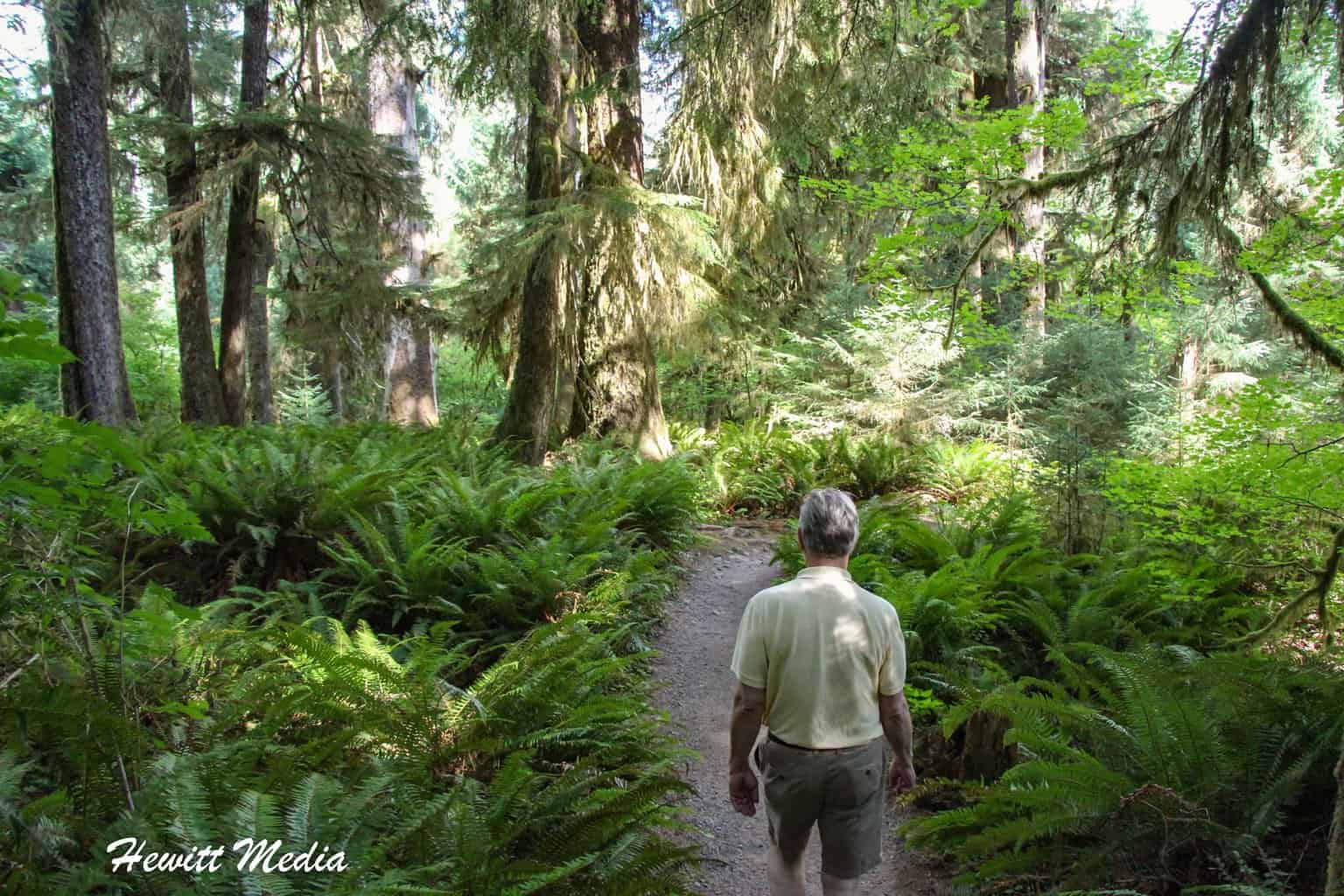
There is a lot to see and do in and around Olympic National Park. Whether you are into hiking, wildlife viewing, or just want to see some very unique and beautiful landscapes, the park has a lot to offer. To make your job easier, I have included some additional resources in my Olympic National Park guide below to assist you in planning your trip to see Olympic National Park.
- Olympic National Park – Map
- Olympic National Park – Plan Your Visit
- Olympic National Park – Things to Do
- Olympic National Park Trip Itineraries
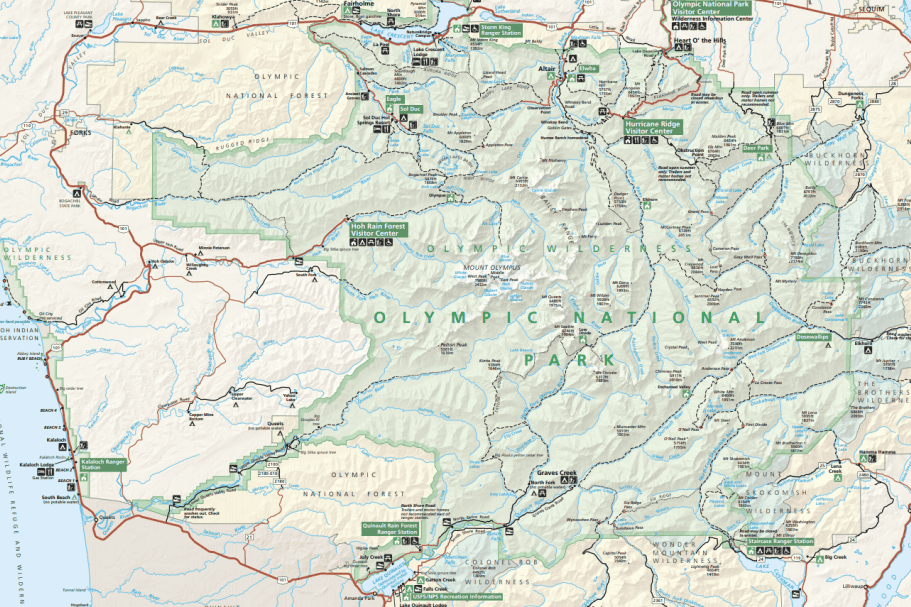
Hiking in Olympic National Park
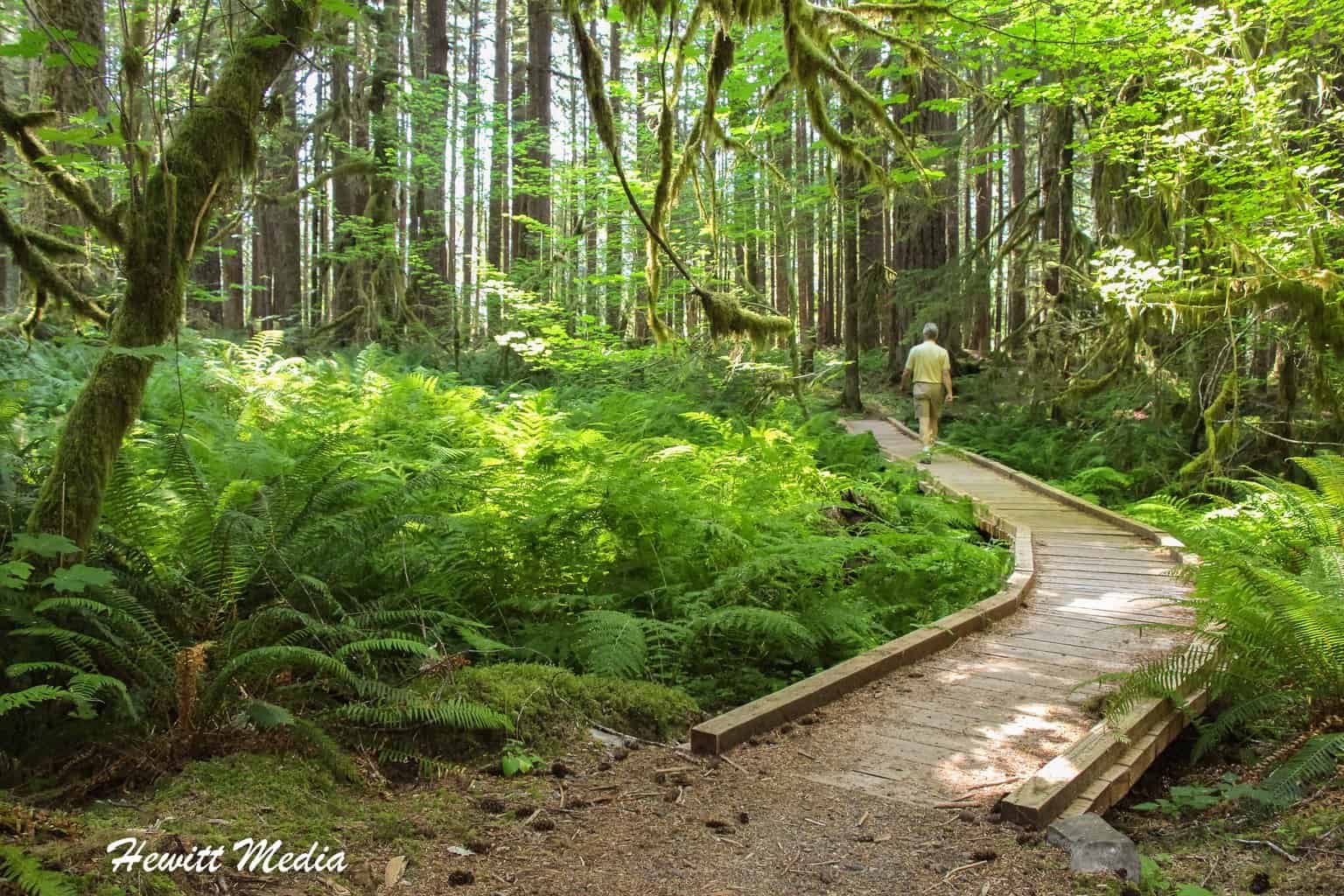
There are some absolutely fantastic hikes within Olympic National Park. With lush rainforests, rocky beaches, and wildlife galore, the park is a hiker’s paradise. The park offers several fantastic guided hiking tours for those who would like to learn a little bit about the park while getting a hike. If you are looking for some hiking recommendations, I have included some of the more popular guided hikes for you to review in my Olympic National Park guide below.
• Hurricane Ridge Hiking and Wildlife Tours
• Elwha River Hiking and Dam Removal Tours
• Hoh Rain Forest and Hiking Tour
• Hoh Rain Forest Elk and Hiking Tour
• Hurricane Ridge Snowshoe Tours
Hoh Rain Forest
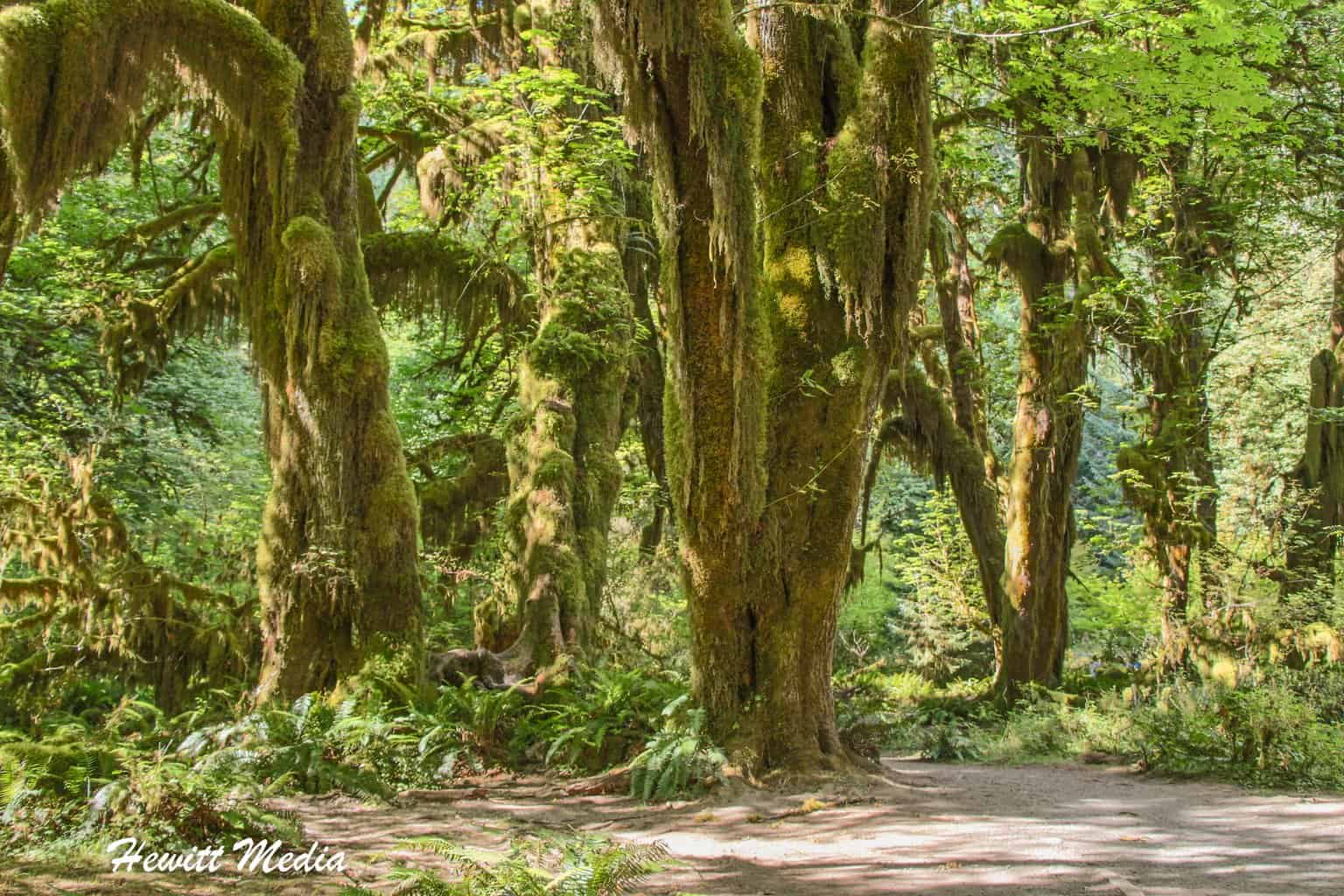
The Hoh Rain Forest is a magical place. It is one of the largest temperate rainforests in the United States and is famous for its moss-covered trees and a wide variety of wildlife. Taking a walk through the rainforest is like entering another world. Moss covers many of the trees in the forest, giving the whole forest a glow. I could spend a full day hiking in the Hoh and admiring the beauty of the landscape.
Animals you might find in the Hoh Rain Forest include the northern spotted owl, bobcat, mountain lion, the Olympic black bear, and the famous Roosevelt Elk. If you pay extra close attention, you might even see some of the snails and banana slugs that make the forest their home.
There is a ranger station located within the forest that provides access to the backcountry. The Hall of Mosses Trail, which is located near the ranger station, is a short hike that allows visitors to get a true feel for this magical forest. There is also a nature hike that allows you to get a better understanding of all of the trees and plants that grow in the forest.
Hurricane Ridge

Hurricane Ridge is one of the most popular features within Olympic National Park. At 5,242 feet in elevation, it provides a breathtaking view of the park. It gets its name from the strong, gale-force winds that blow across the ridge. Weather can be pretty unpredictable on the ridge, so visitors should always be aware of the weather when visiting.
During the Summer months, Hurricane Ridge is a popular launching spot for some of the park’s best backcountry hiking. However be aware, because of the elevation, it is not uncommon to see snow on the trails even as late as July. Speaking of snow, during the winter the ridge is a popular spot for skiing and snowboarding. The Hurricane Ski and Snowboard Area has a lift service and offers visitors a fun, family-friendly place to hit the slopes.
Kalaloch Beach

Kalaloch is another one of the park’s most popular spots for visitors. Hiking near the beach provides some amazing views of the beach and some fantastic marine wildlife. Thousands of marine animals take refuge off the coast. The waters are protected by the Olympic Coast National Marine Sanctuary.
The beach is also a fantastic spot for bird-watching and searching for sea stars and anemones in the tidal pools. Taking a long walk along the beach can turn up several surprises. However, if you decide to visit the beach, make sure you check the tide schedule so that you aren’t caught off guard while hiking. Certain areas of the trails become impassable during peak high tide.
Lake Crescent
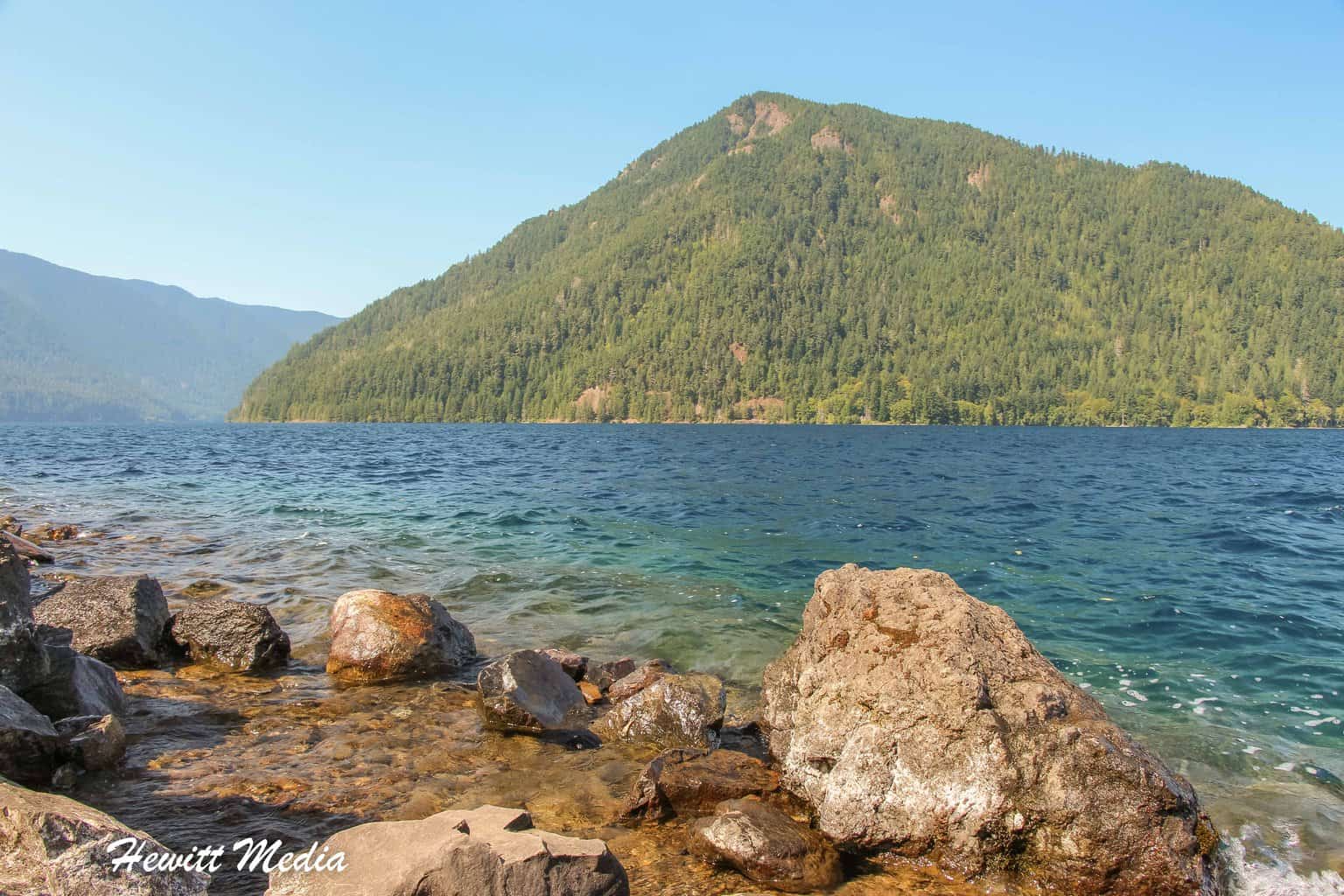
The second deepest lake in the state of Washington, Lake Crescent is known for its crystal clear and beautiful blue water. The lake is near several excellent hiking trails, including the Spruce Railroad Trail, the Pyramid Mountain Trail, and the Barnes Creek trail that leads to Marymere Falls.
There are plenty of picnic areas located around the lake, making it a great place to enjoy lunch and the scenery. If you would like to get out on the lake, rowboats, and paddleboats are available for rental at the Lake Crescent Lodge.
Lake Quinault
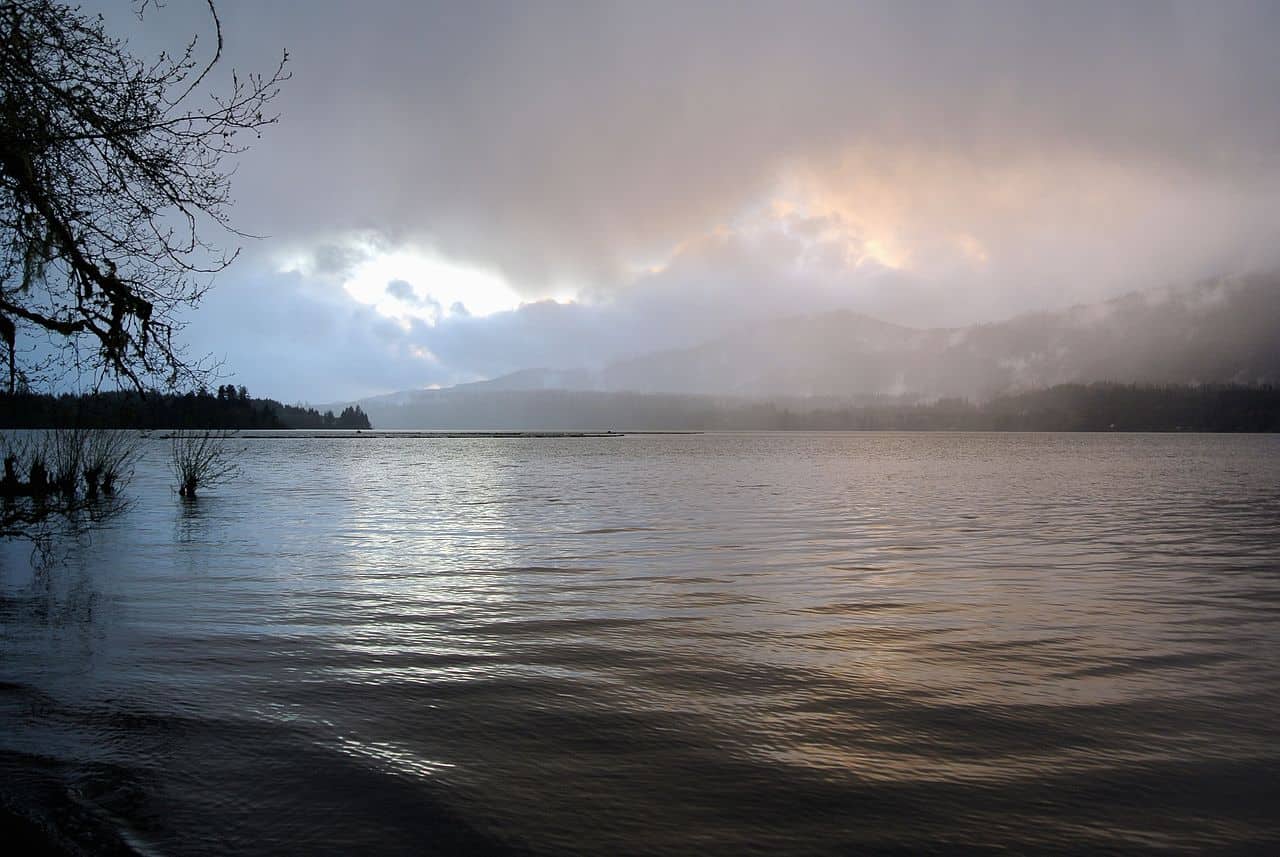
Lake Quinault is located at the Southern edge of Olympic National Park, inside the Quinault Rain Forest. Though it is part of the national park, the land is owned by the Quinault Indian Nation. The lake is very good for fishing, but a permit needs to be acquired from the Indian Nation to do so. The lake also includes some short, but very scenic hiking paths that are very popular. The Quinault Rain Forest Interpretive Trail is an excellent trail for those who would like to get a good look at the rainforest.
At the southern edge of the lake lies the historic Lake Quinault Lodge, as well as the Rain Forest Resort Village. Built in 1926, the lodge has the same look and feel as the Old Faithful Inn at Yellowstone National Park. Its rustic, wilderness look is quite beautiful.
Quinault Rain Forest
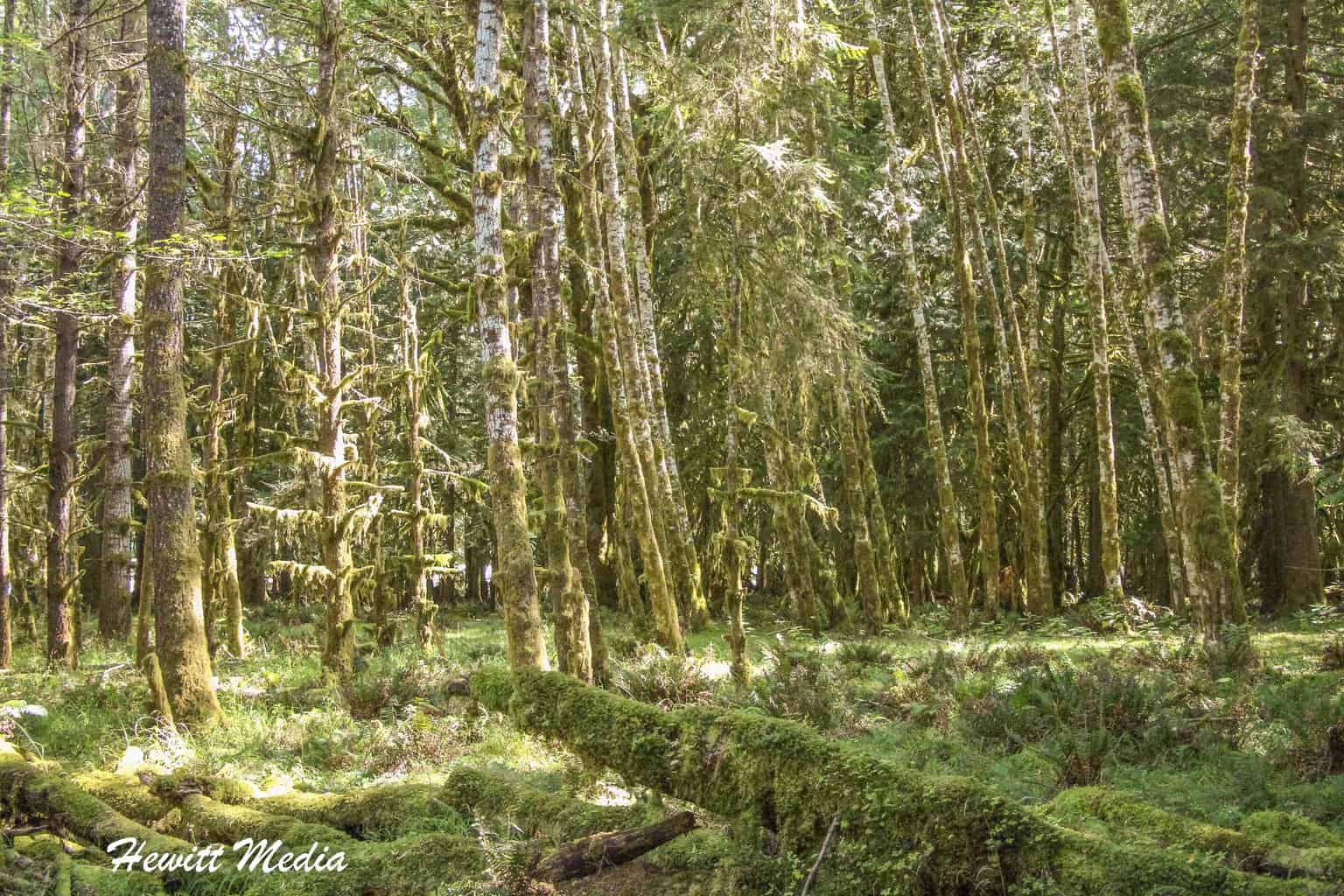
The Quinault Rain Forest is another of Olympic National Park’s beautiful temperate rain forests. It starts at the Mount Anderson drainage in the east and the Low Divide drainage in the northwest. From there, the forest follows the paths of the North and East Forks of the Quinault River. Like the Hoh Rain Forest, the Quinault Rain Forest is an excellent place to hike and observe nature.
In fact, the rainforest is home to several of the park’s Roosevelt Elk herds, and it is not uncommon to spot one of these majestic creatures within the forest. Some much smaller creatures, such as the park’s famed banana slugs, also call the forest their home. These slugs can grow up to 6 inches long and are quite spectacular.
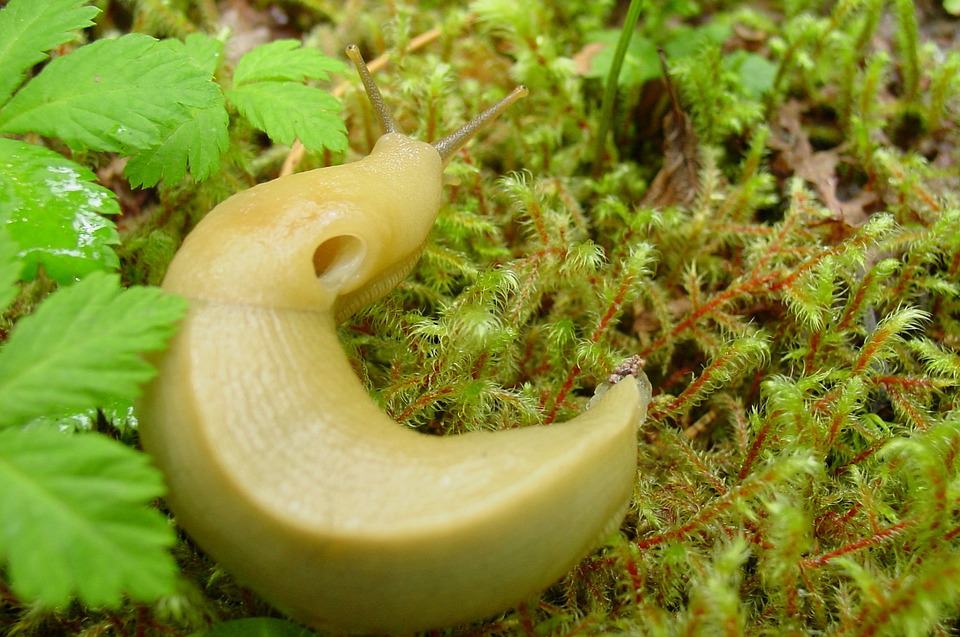
Rialto Beach
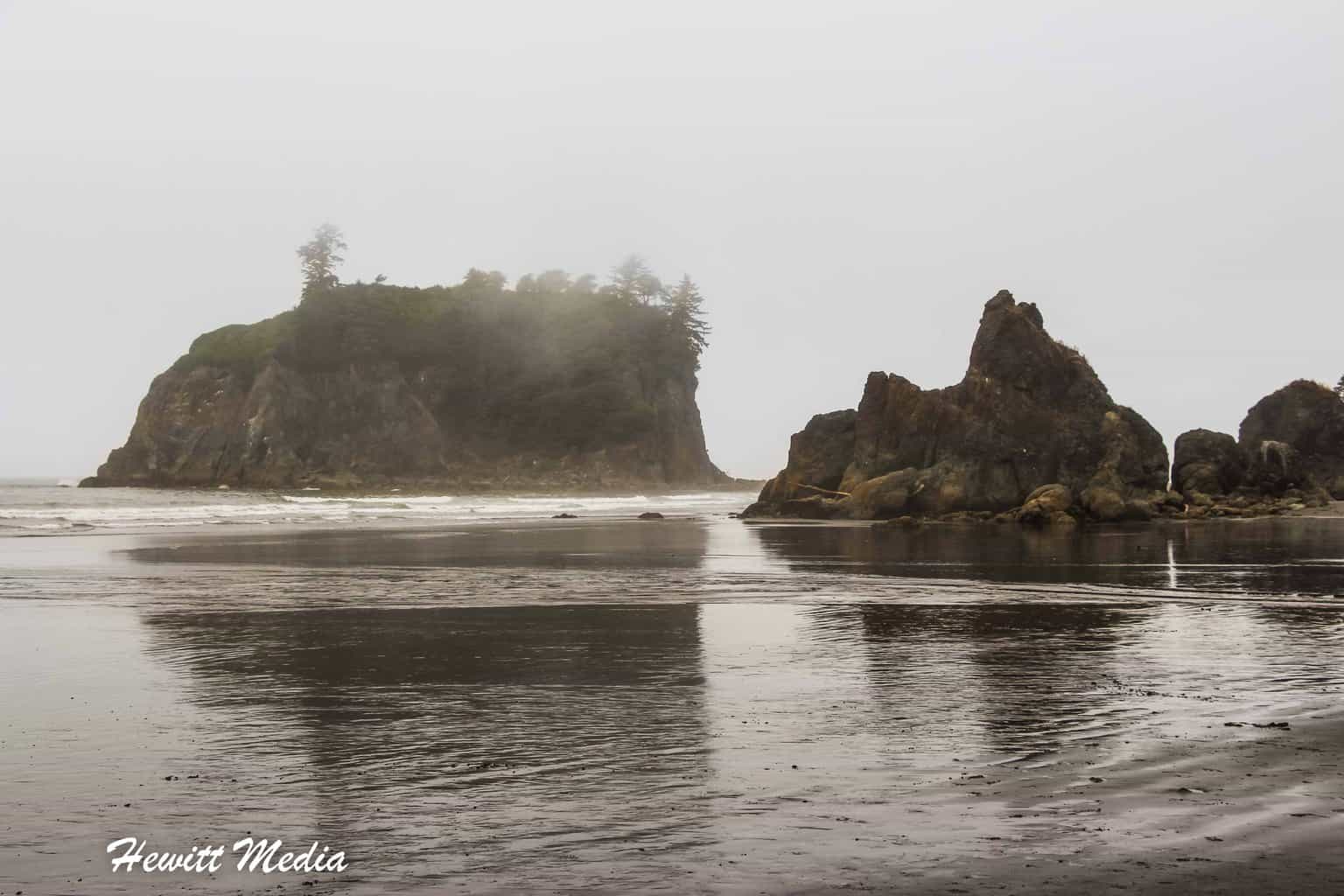
Located near the mouth of the Quillayute River, the Rialto Beach is a stunningly beautiful public beach. The beach was named “Rialto” by famous magician Claude Alexander Conlin after the Rialto theater chain. One of the most scenic aspects of the beach is the giant island rock formations, known as sea stacks, just off the coastline. They make for some truly fantastic scenery, especially at sunset.
Just inland from the beach is the Mora area, which is comprised of towering old-growth trees and heavy underbrush. One of the more unique and fantastic elements near the beach is the Hole-in-the-Wall. This sea-carved rock arch, which sits roughly 1.5 miles north of Rialto Beach, is amazing. If you decide to visit the beach, make sure you check the tide schedule. It is possible to get stranded on parts of the beach by the tide if you are not careful.
Sol Duc Falls
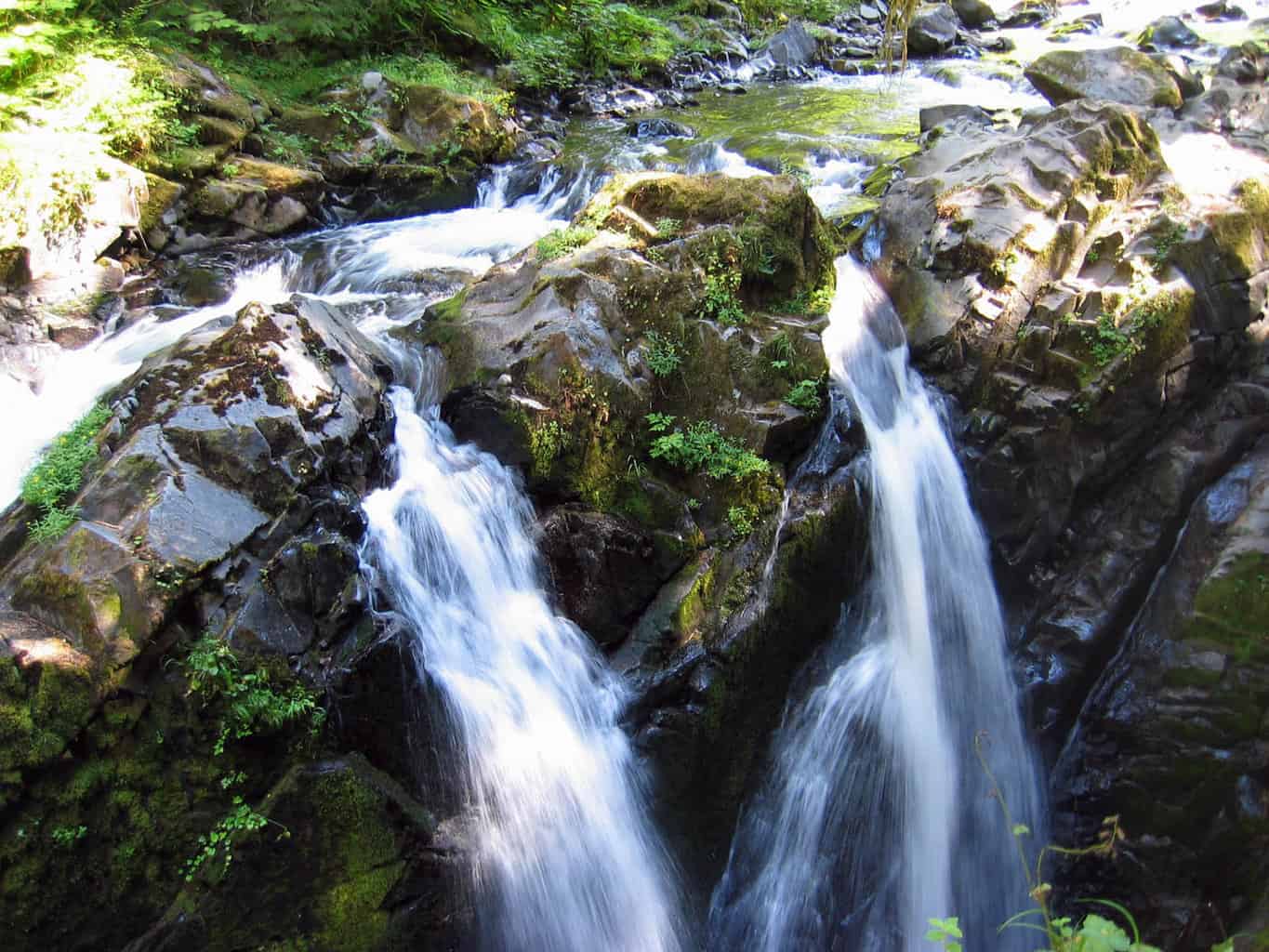
Sol Duc Falls is a striking little waterfall in the Sol Duc Valley. To see the falls, follow the Sol Duc Falls Trail, which begins at the Sol Duc Hot Springs and Resort. The trail is rather easy-going, making it a very family-friendly trail to hike in the park. The trail meanders through a lush, beautiful forest before getting to the falls.
Depending on the volume of water, Sol Duc Falls can split into multiple channels before falling 48 feet into the rocky canyon below. There are multiple viewpoints of the falls, both upstream and downstream. If you would like to photograph the falls, make sure you bring a tripod and visit during the morning or evening hours. The shadows dancing across the forest floor around the falls make for some spectacular pictures.
Where to Stay Near Olympic National Park

Campgrounds
If you are looking for a place to camp while visiting Olympic National Park, you are in luck. The Olympic Peninsula has a large number of campgrounds that you can choose from. To assist you in finding the campground that is located in the best spot for you, I have included an Olympic National Park Campgrounds map in my Olympic National Park guide below for you to review.
Hotels
If you need accommodations for your stay on the Olympic Peninsula but aren’t interested in camping, several towns on the peninsula have hotels and motels that you can stay at. If you would like to make reservations at a hotel for your trip, I have included some recommendations at different price points for you to review in my Olympic National Park guide below.

Tours and Excursions Near Olympic
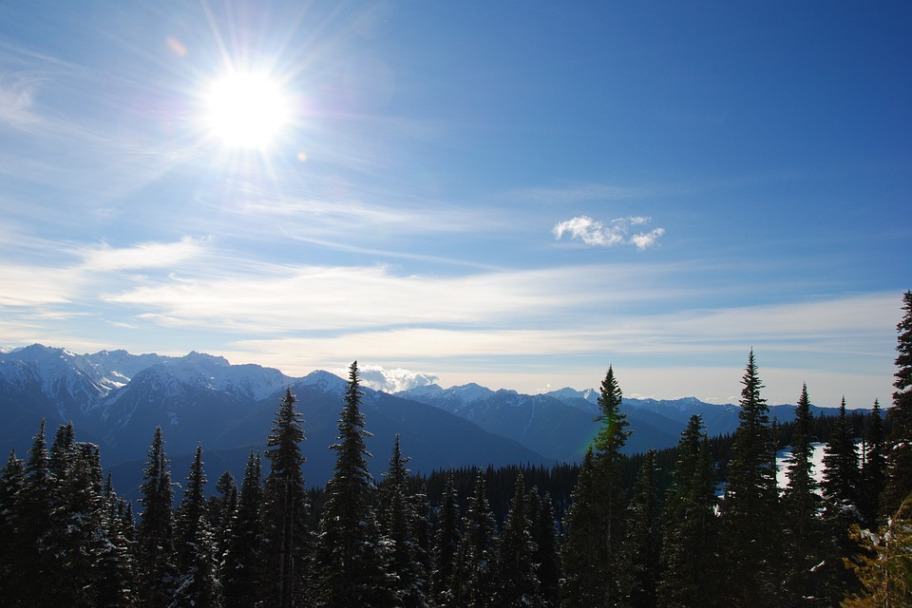
There are a lot of beautiful and amazing things to see in Olympic National Park, but there are also a lot of really fun activities that you can do during your visit as well. If you are starting to plan your trip and are looking for some fun activities to enjoy while you are in the area, I have included some suggestions for you to review in my guide below.
Outdoor Activities
Tours, Sightseeing, and Cruises
Likely to Sell Out Tours
Olympic National Park Photo Gallery
There are so many incredible things to see in Olympic National Park that it is one of the easiest places in North America to photograph. The wide variety of landscapes and abundance of wildlife affords photographers many different options to choose from. If you would like to see some of the wonderful photos that I was able to take during my visits to the park, please see the photo gallery that I included in my Olympic National Park guide below.
If you would like to see more of my travel photography, I would also encourage you to give me a follow on Instagram. Putting this blog together to pass on my free guides, itineraries, and travel photography tips is a lot of work and your support in the form of a follow-on Instagram would be so very much appreciated!
FOLLOW ME!

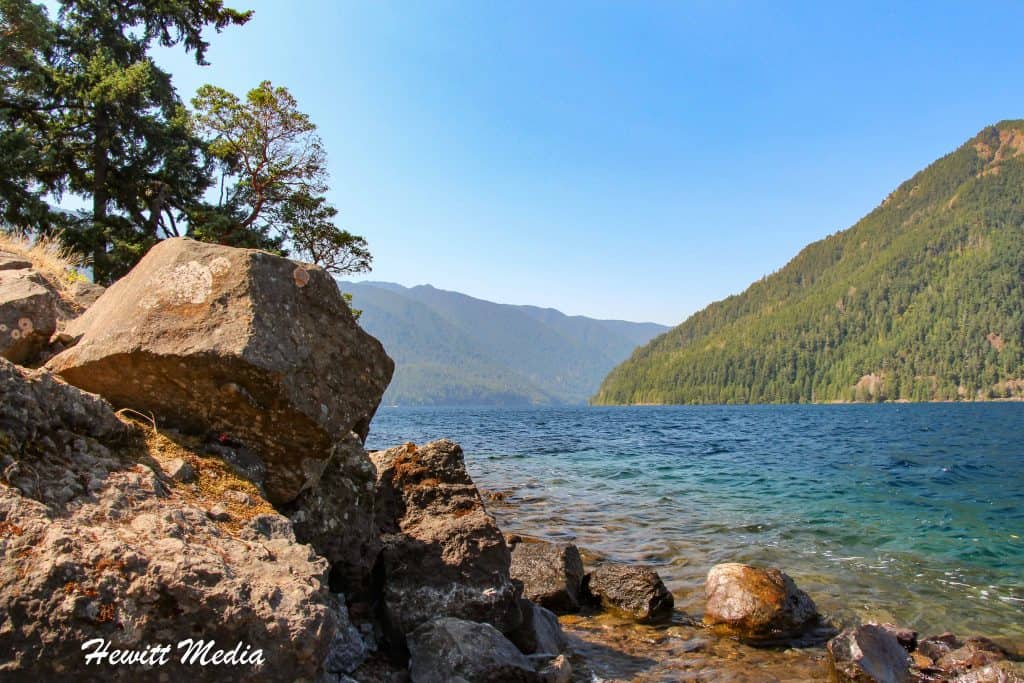
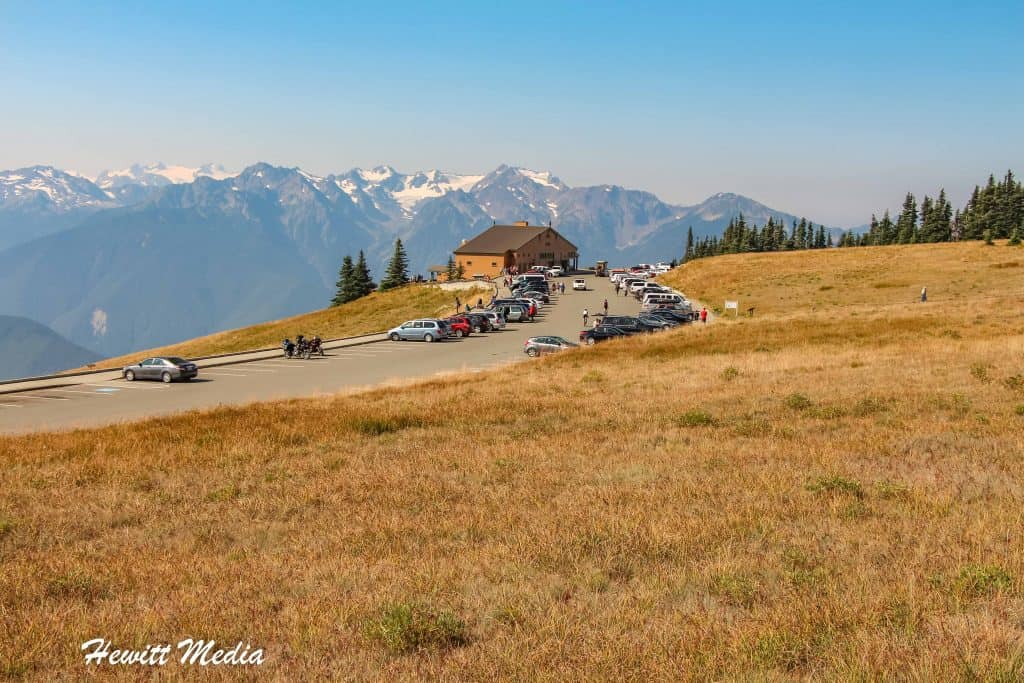

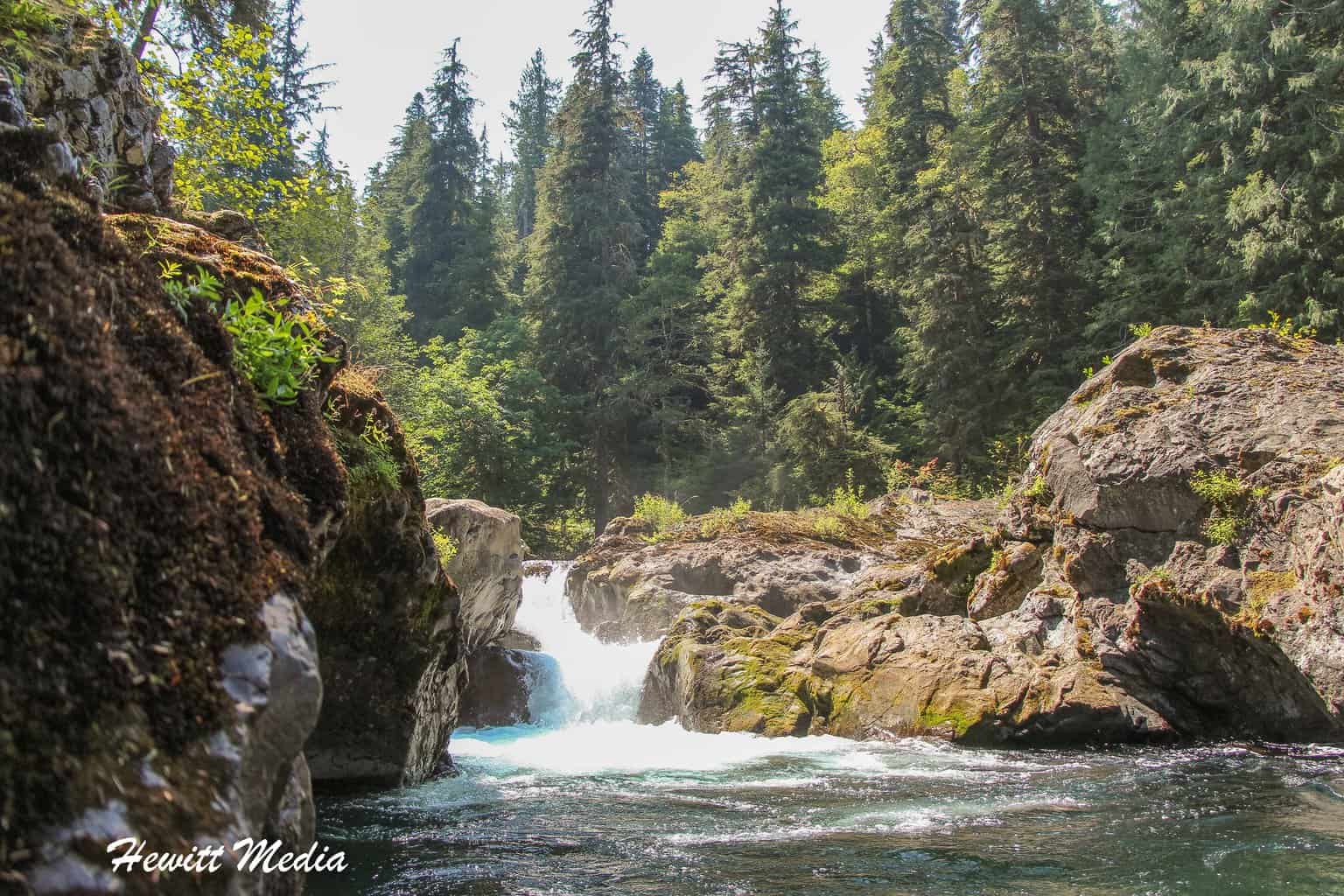
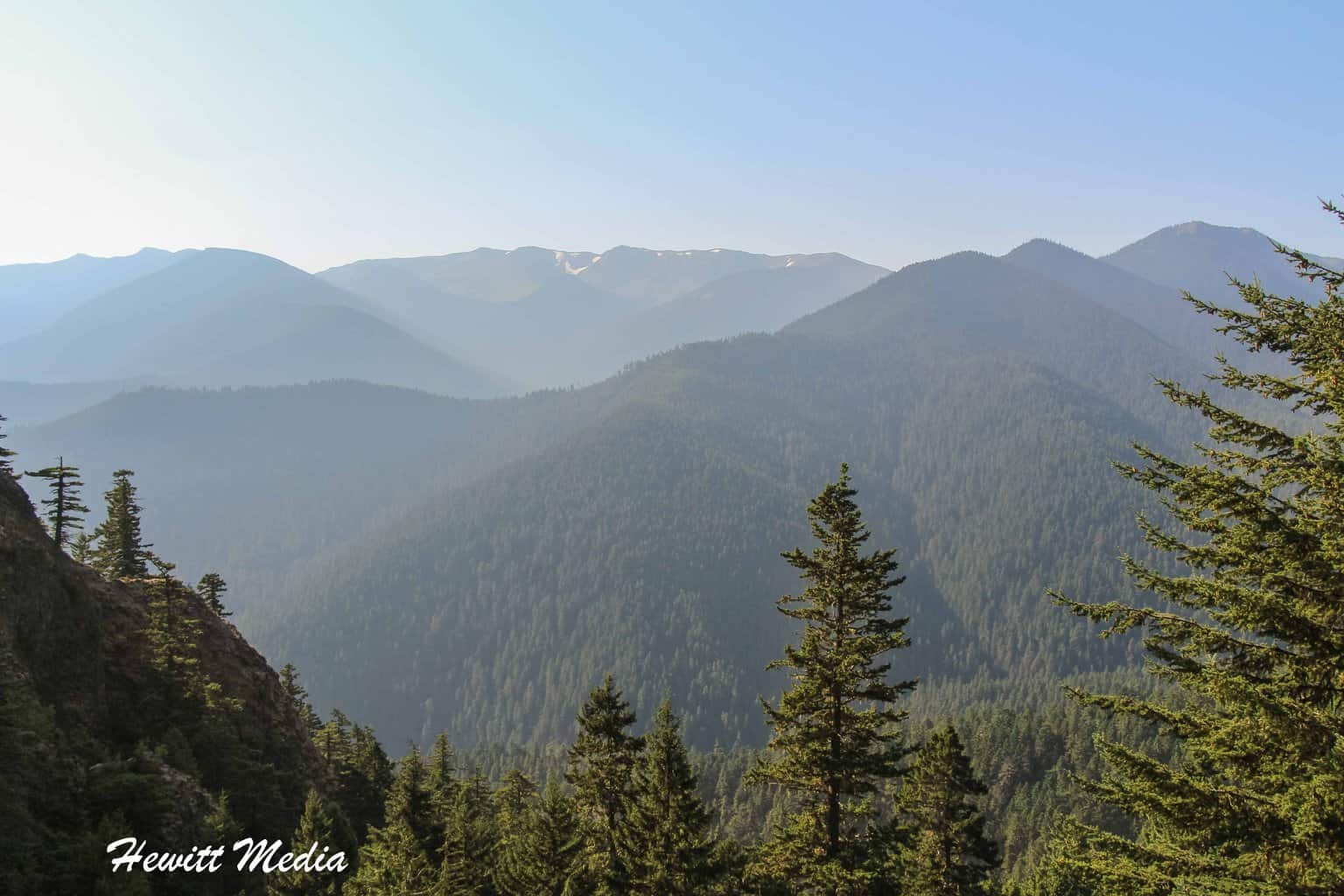
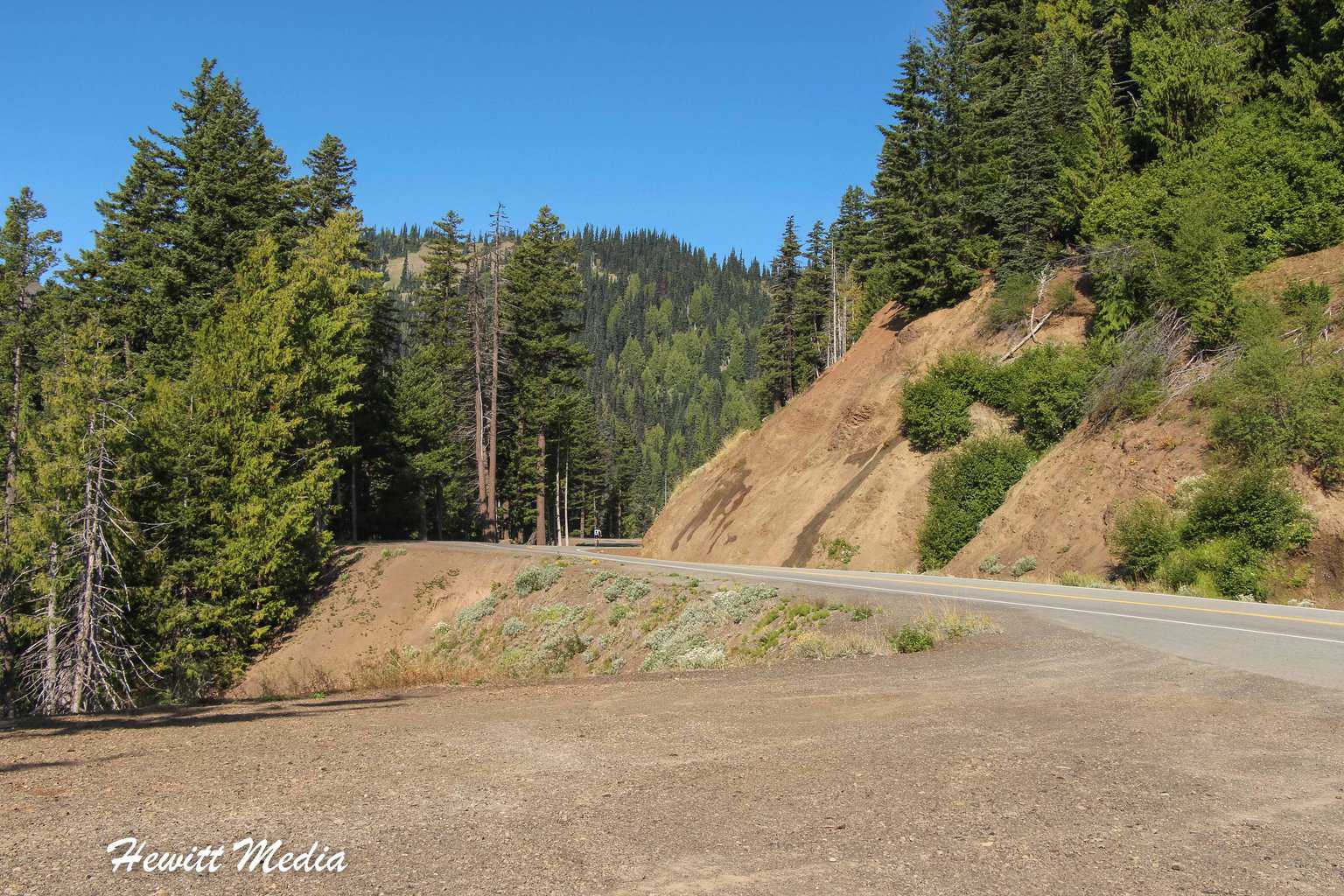
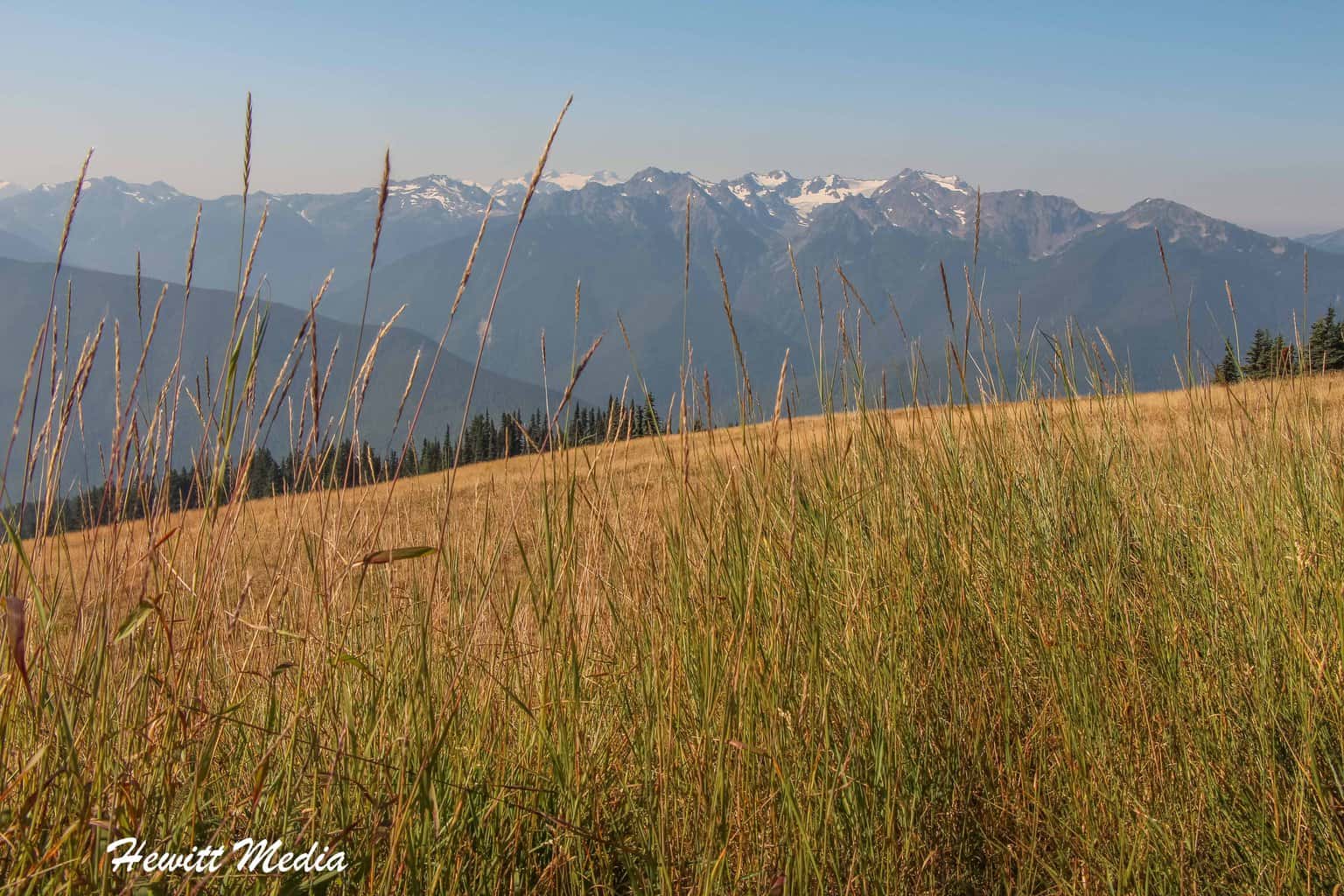


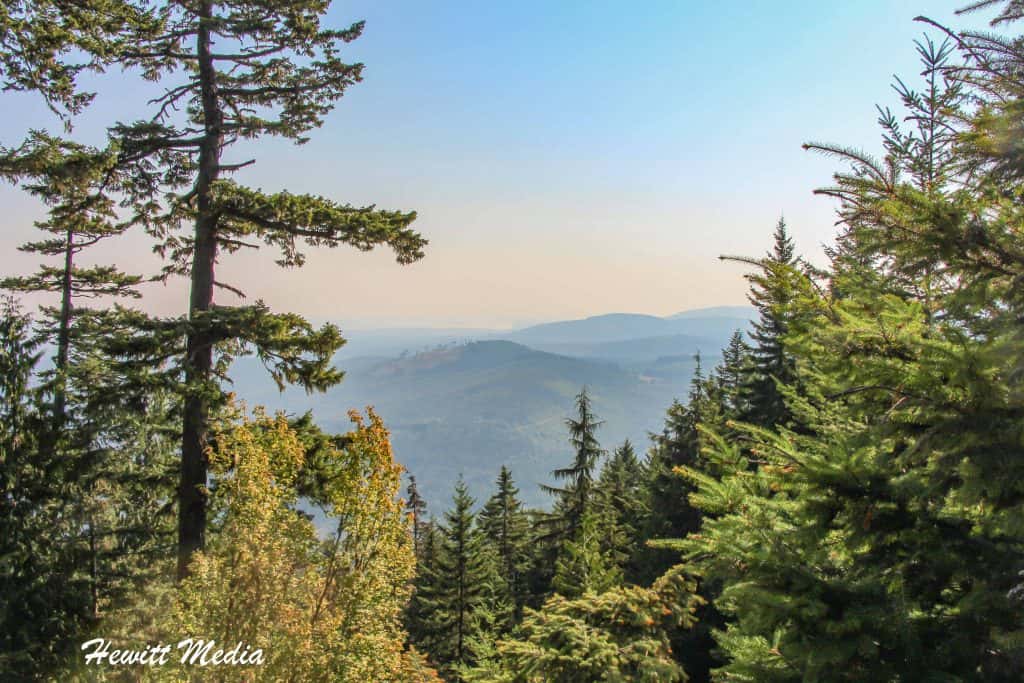
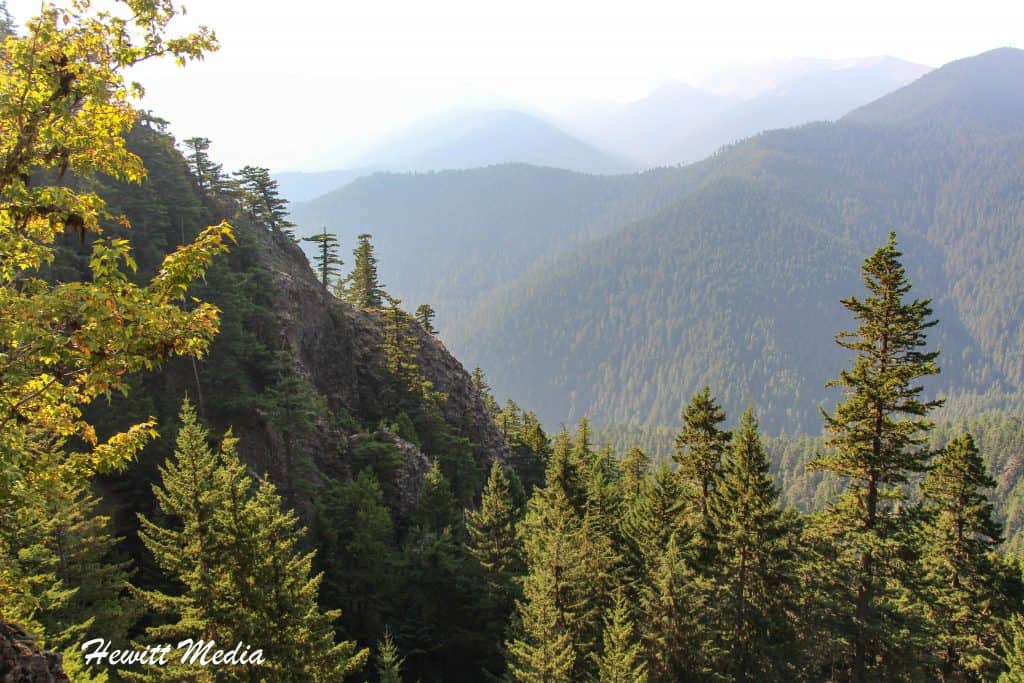

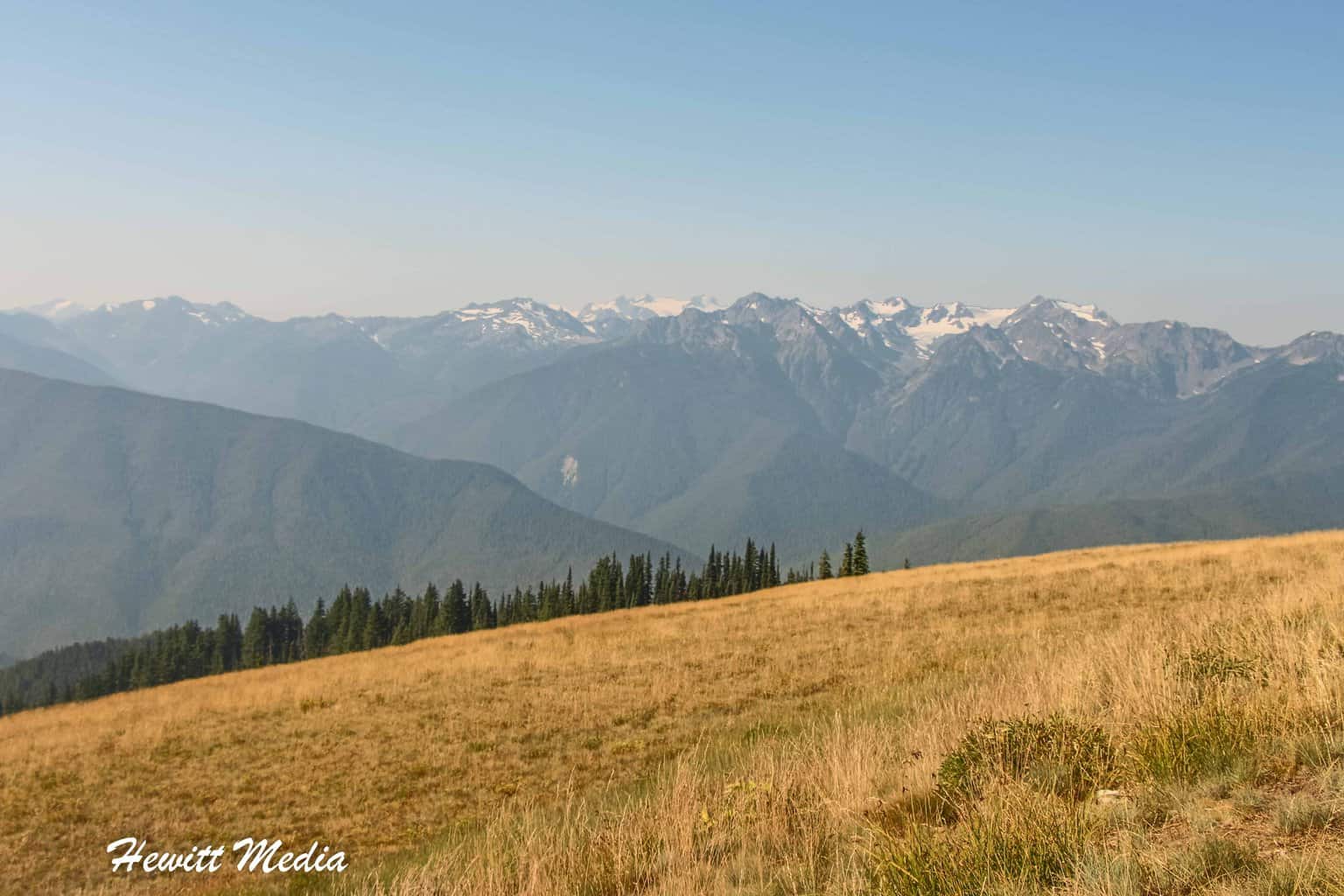
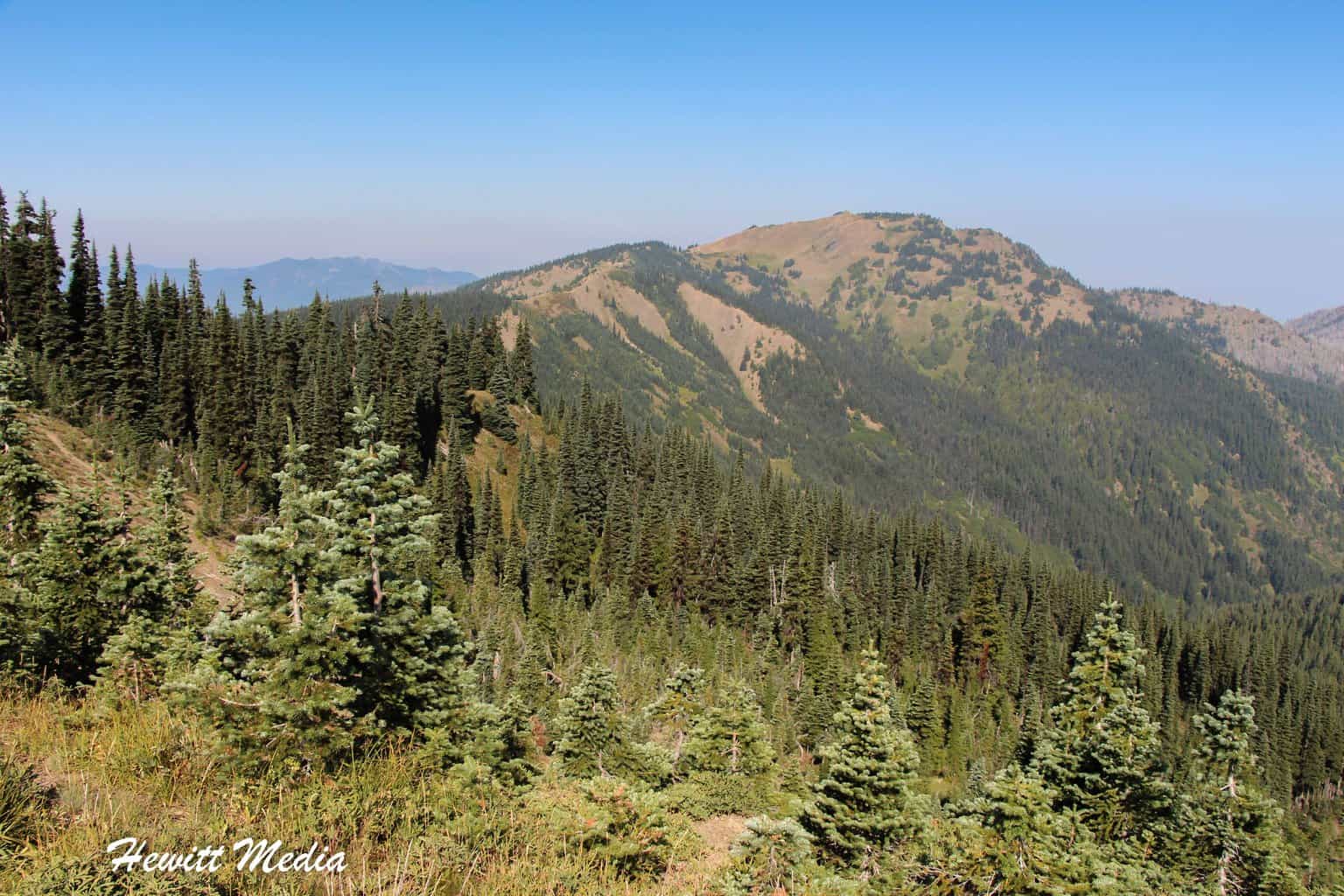
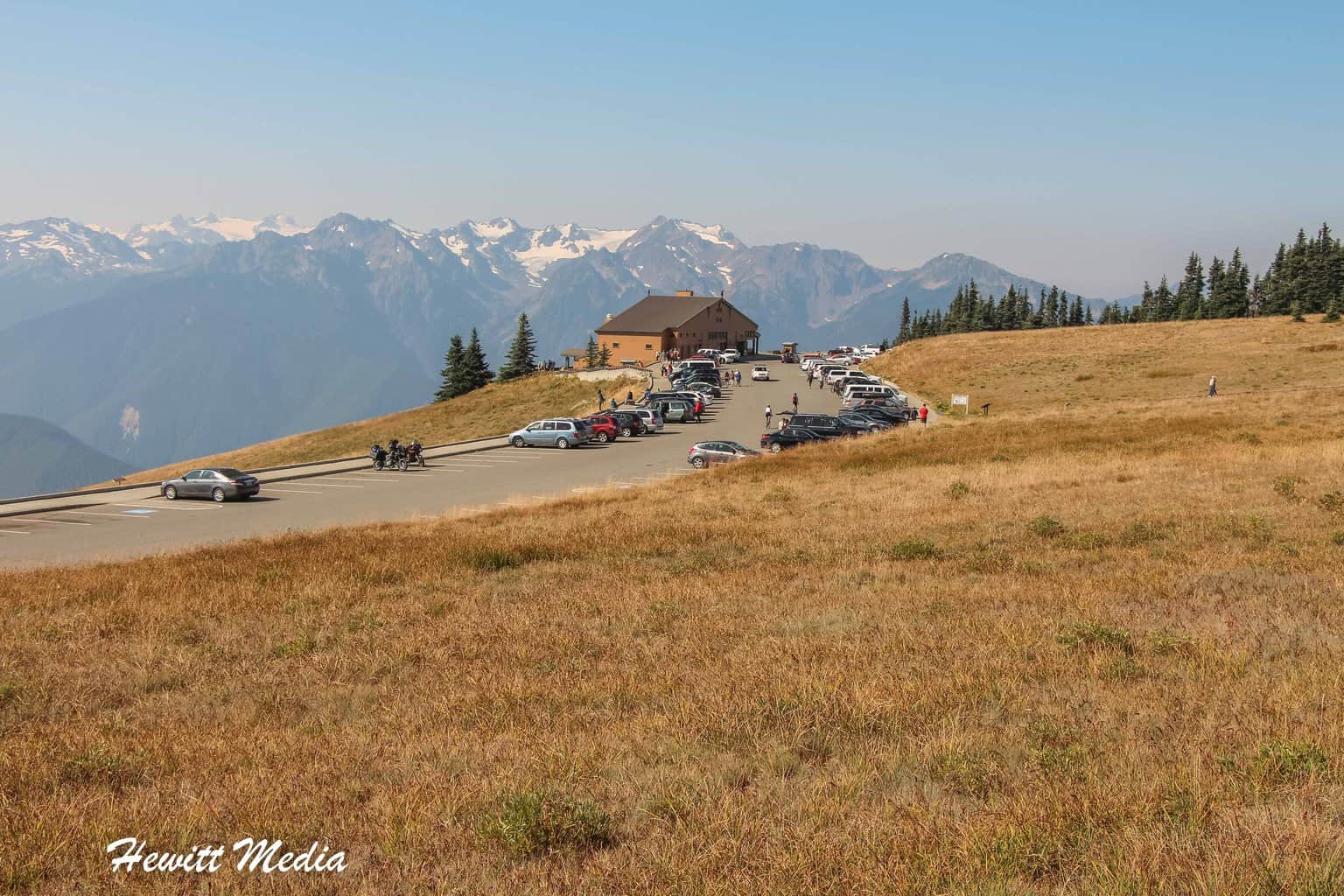
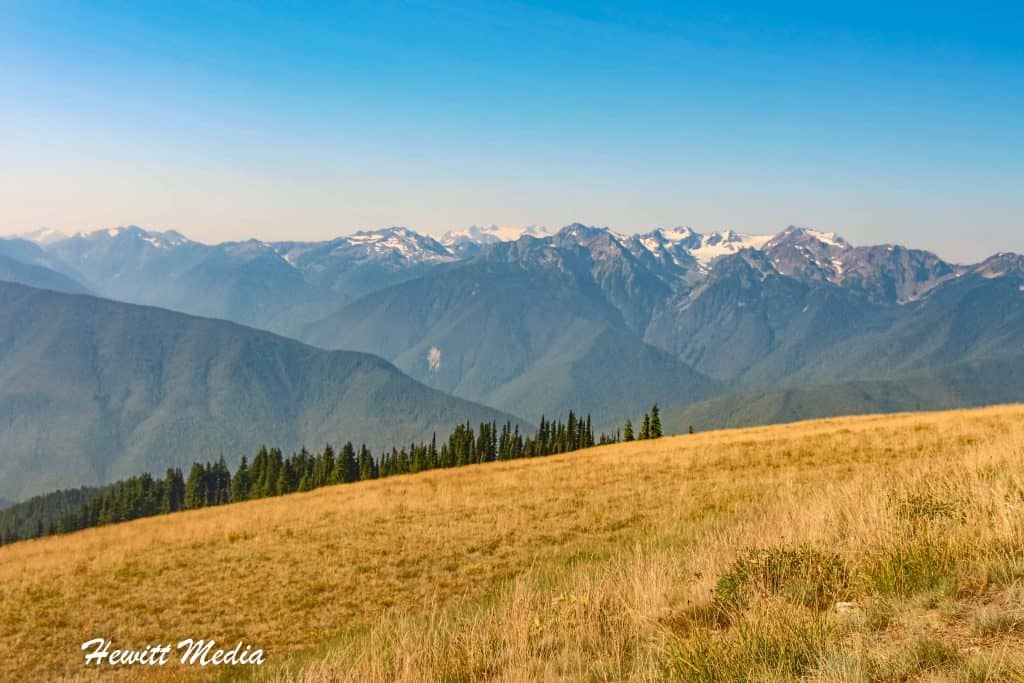
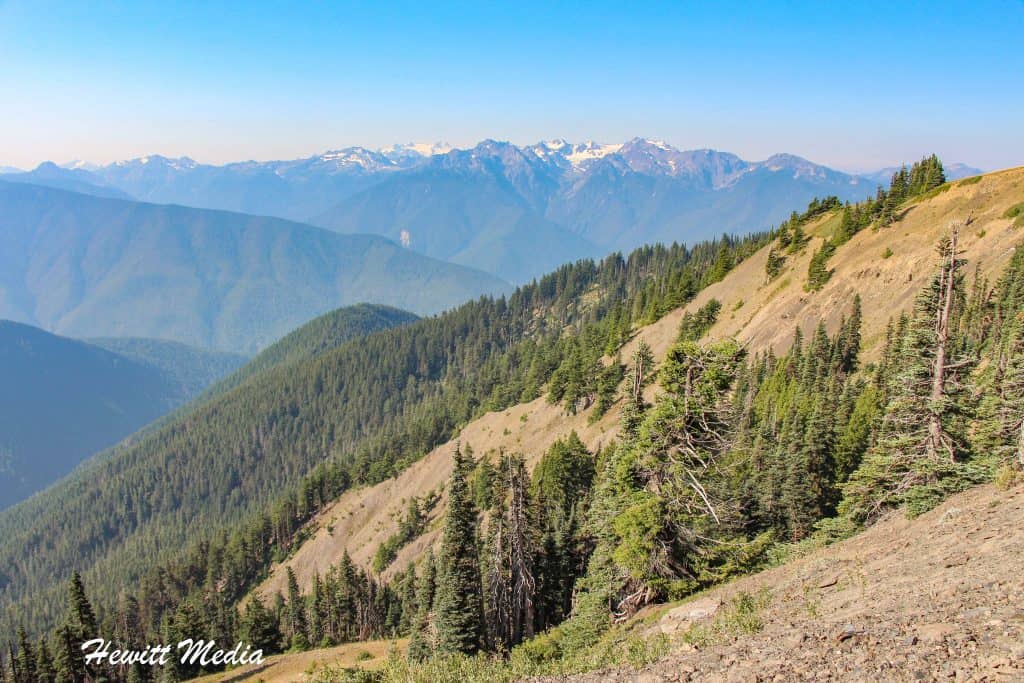
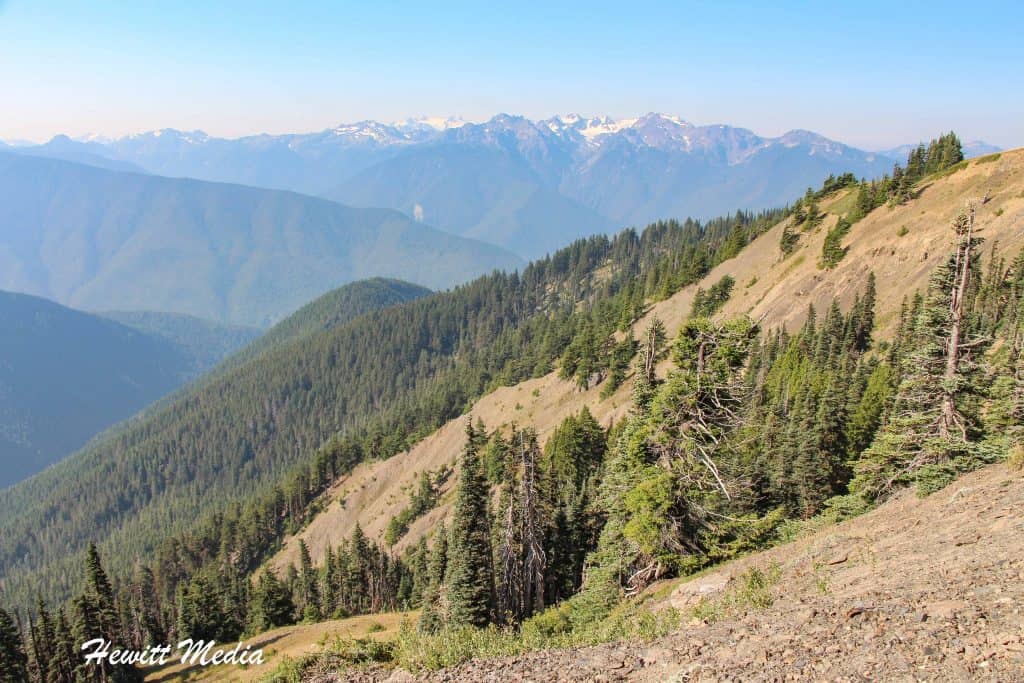
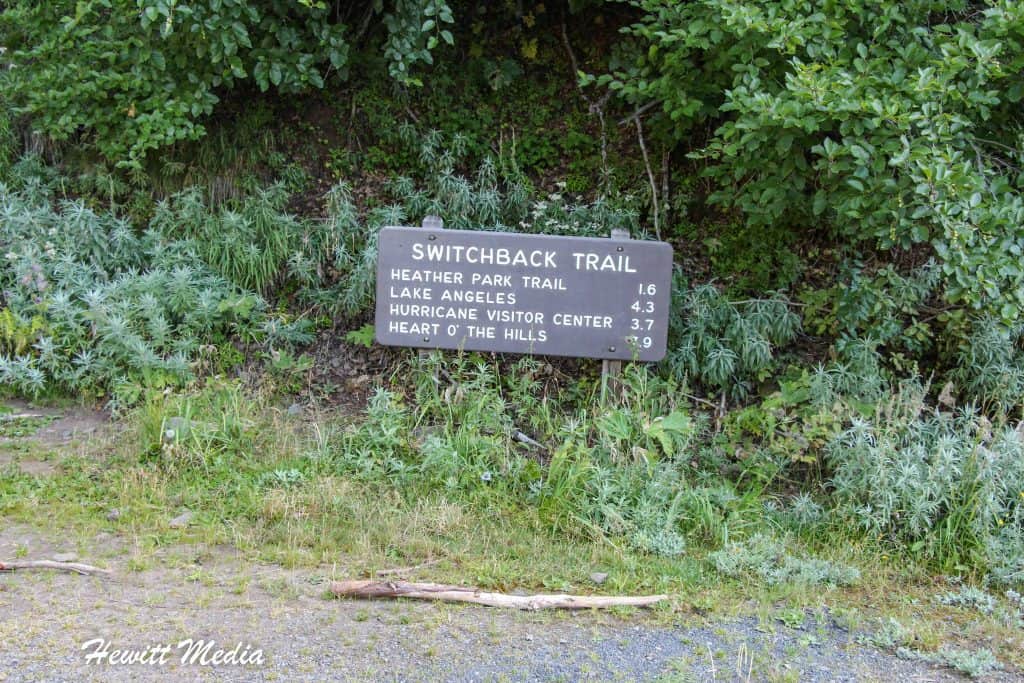
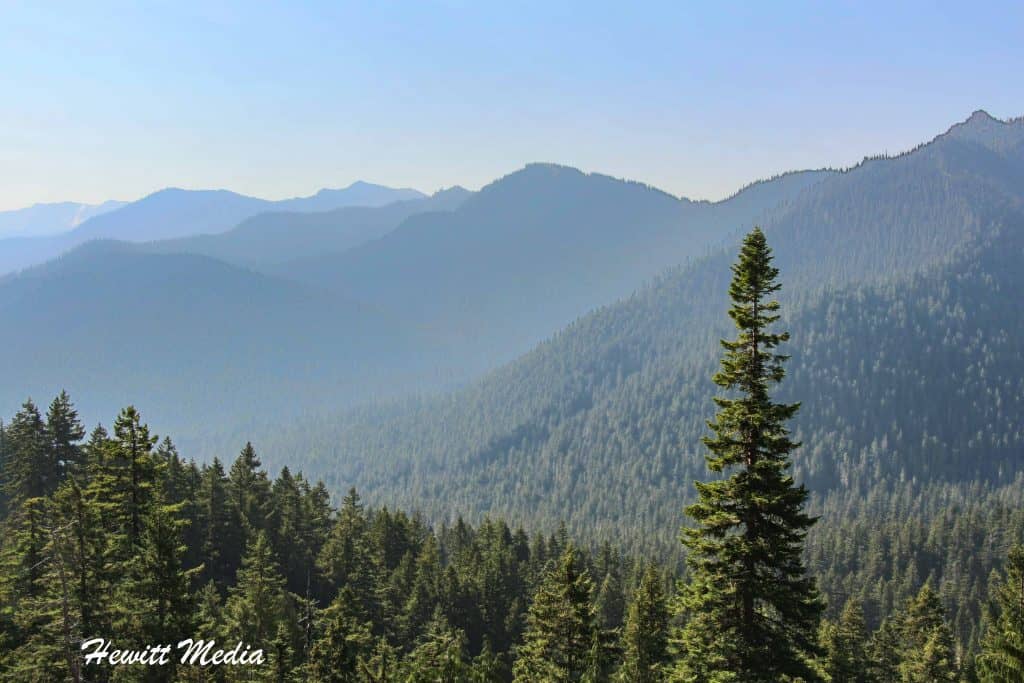
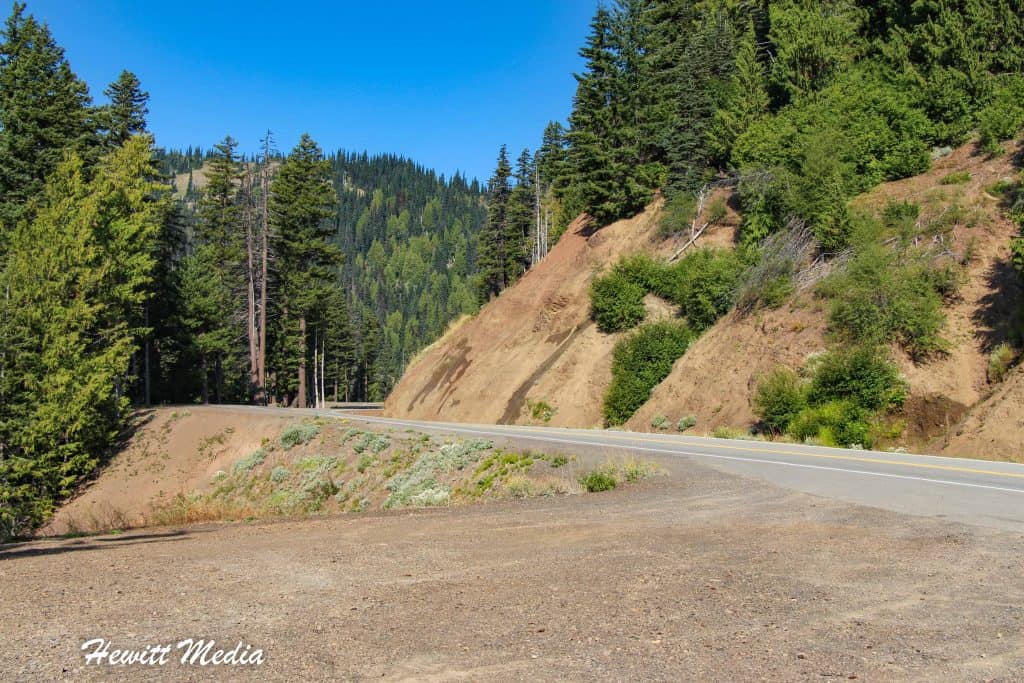
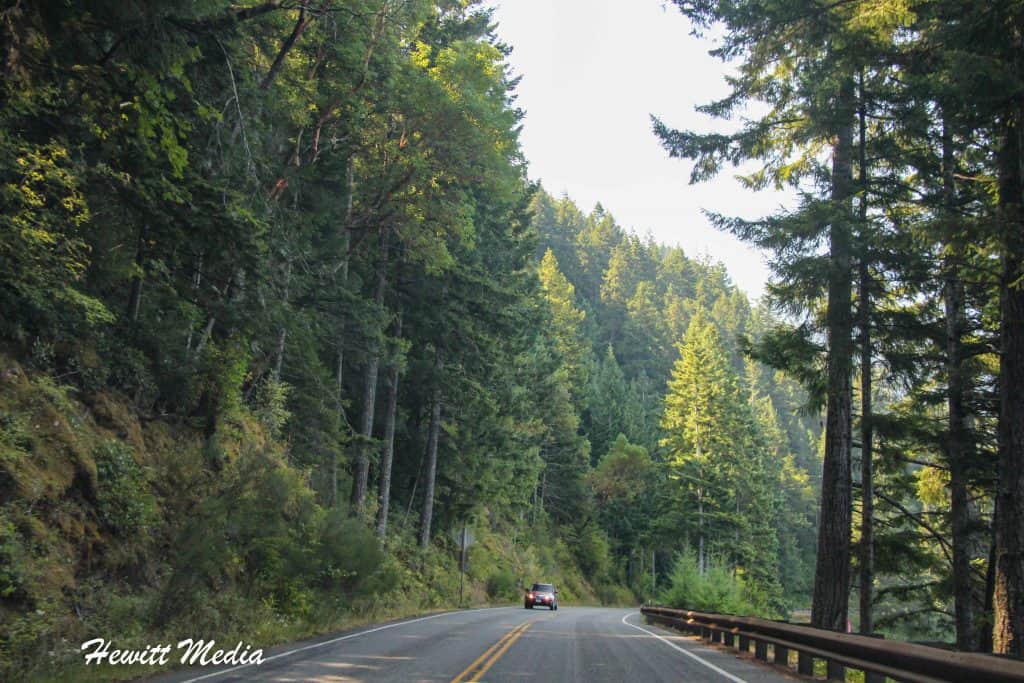
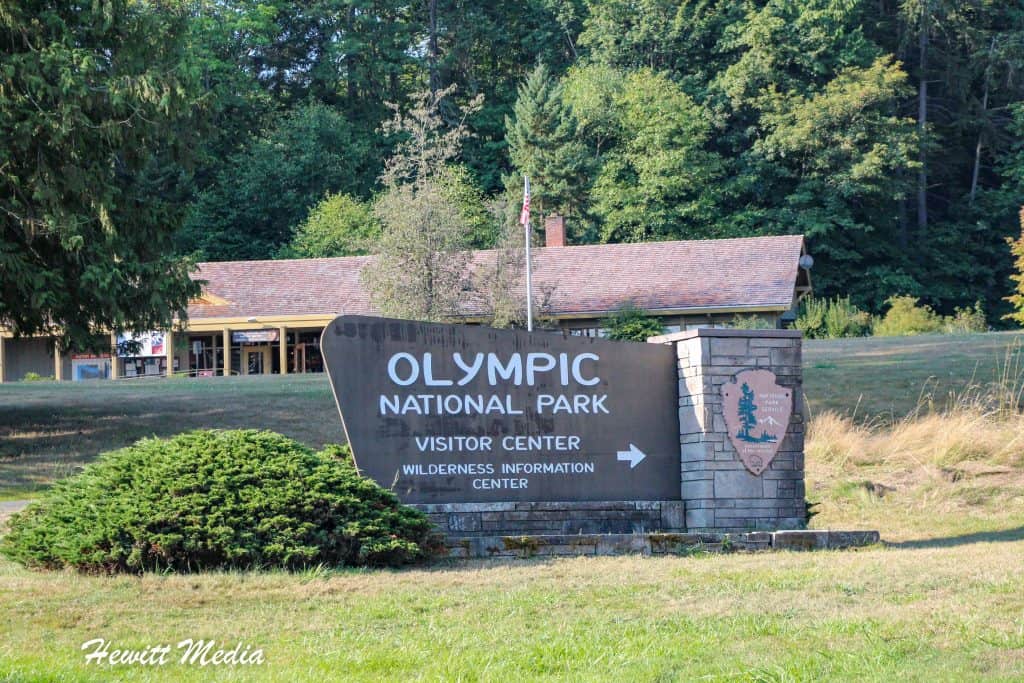


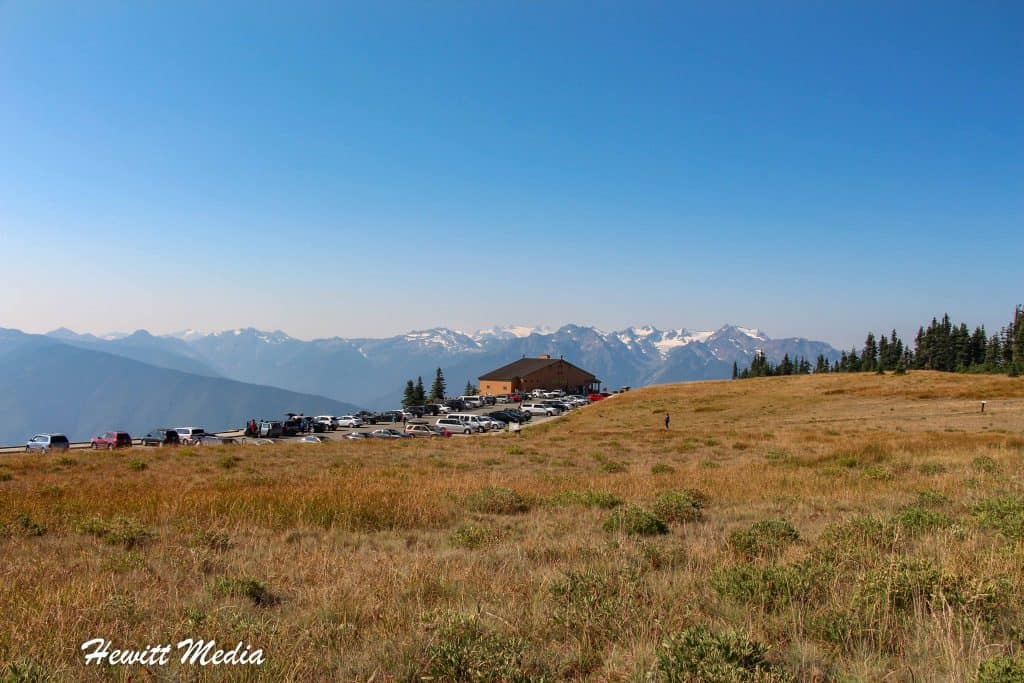
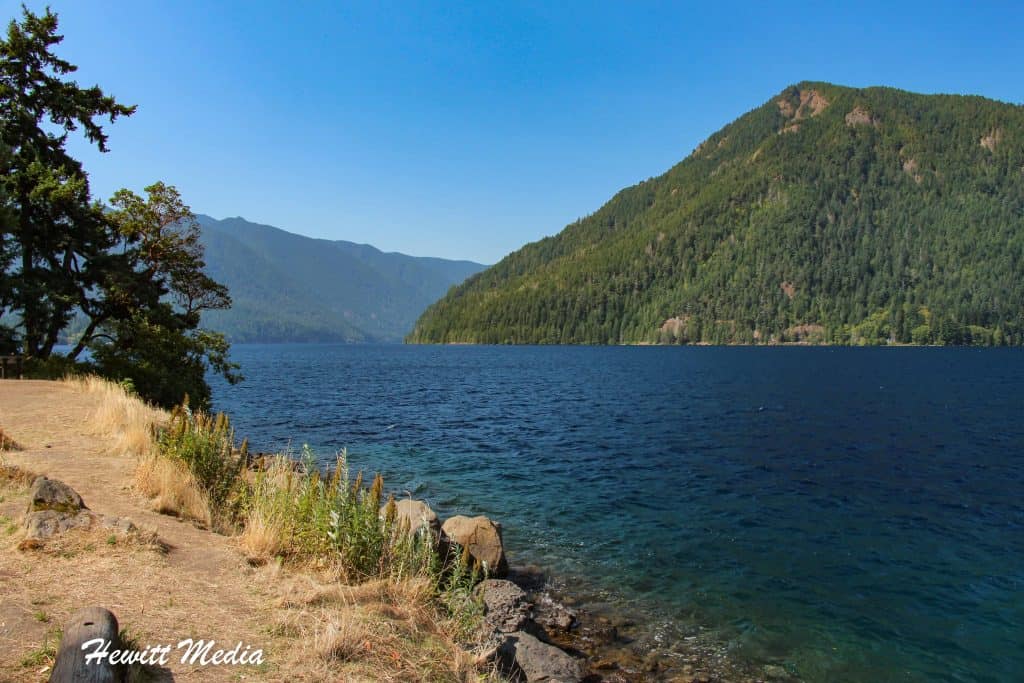
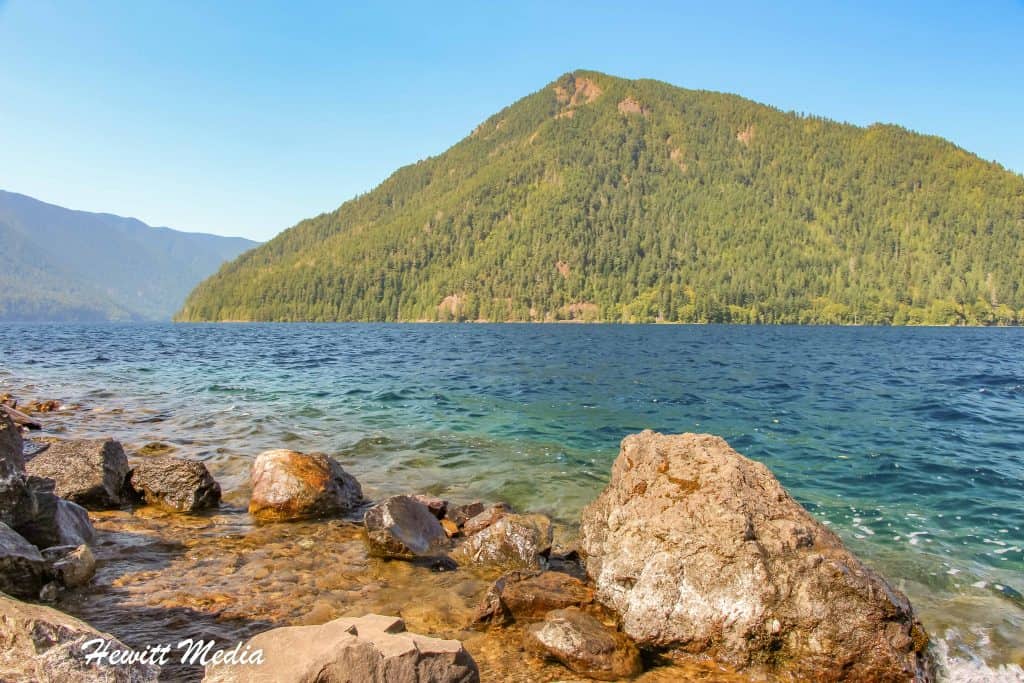
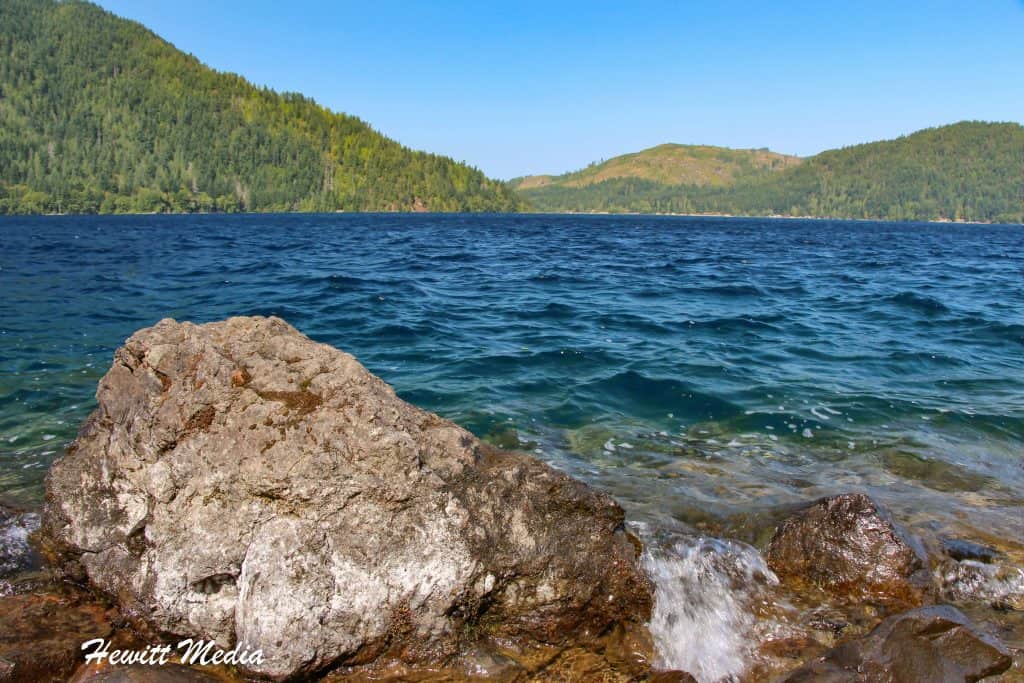
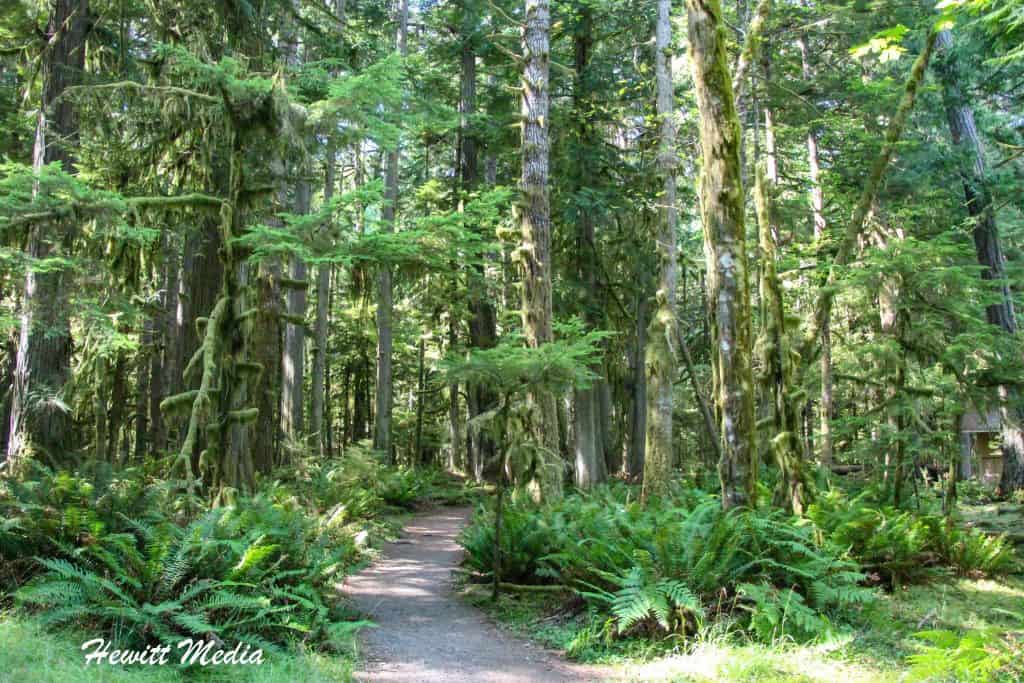
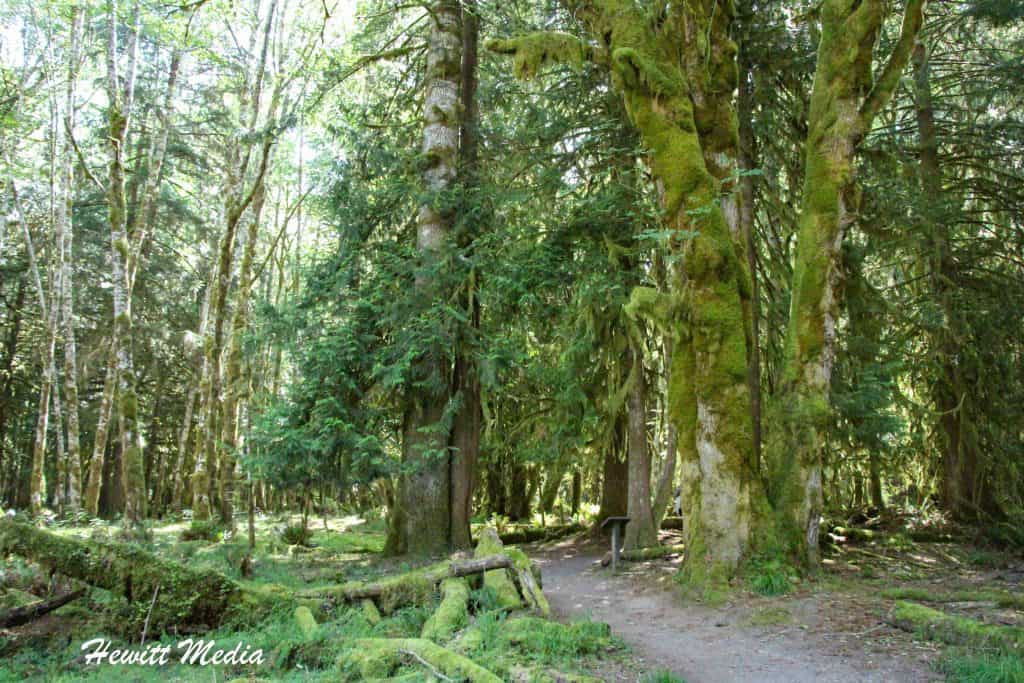
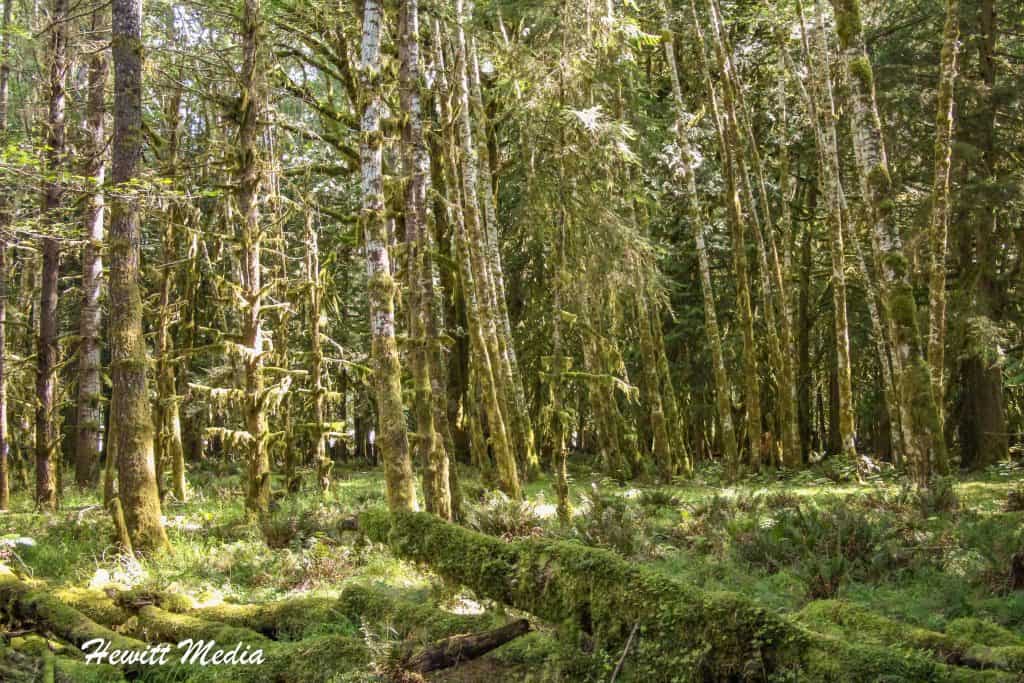
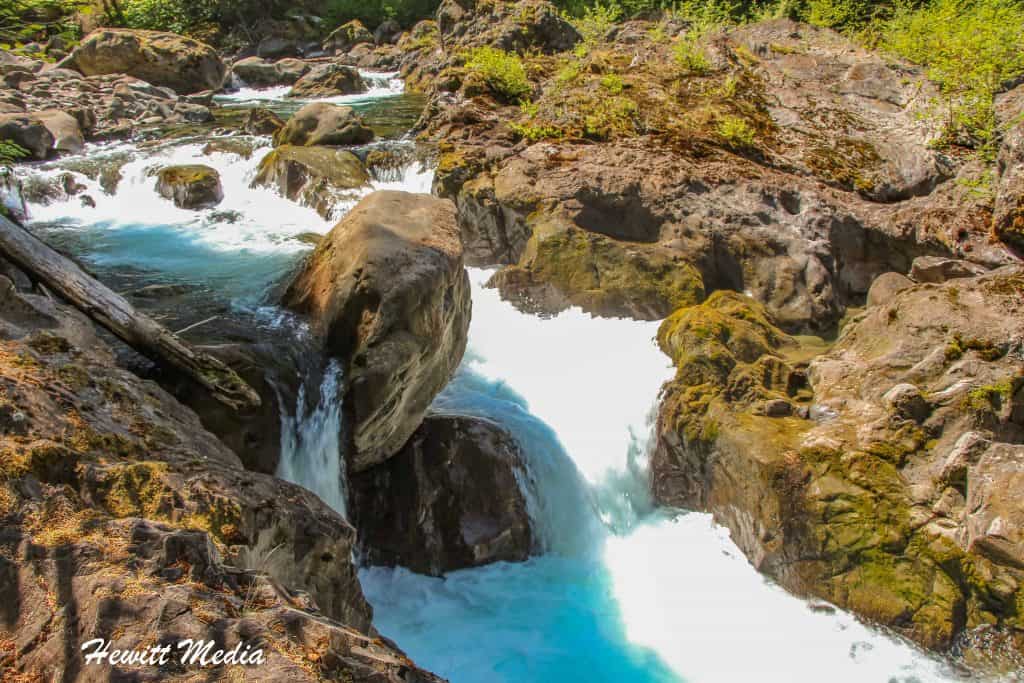

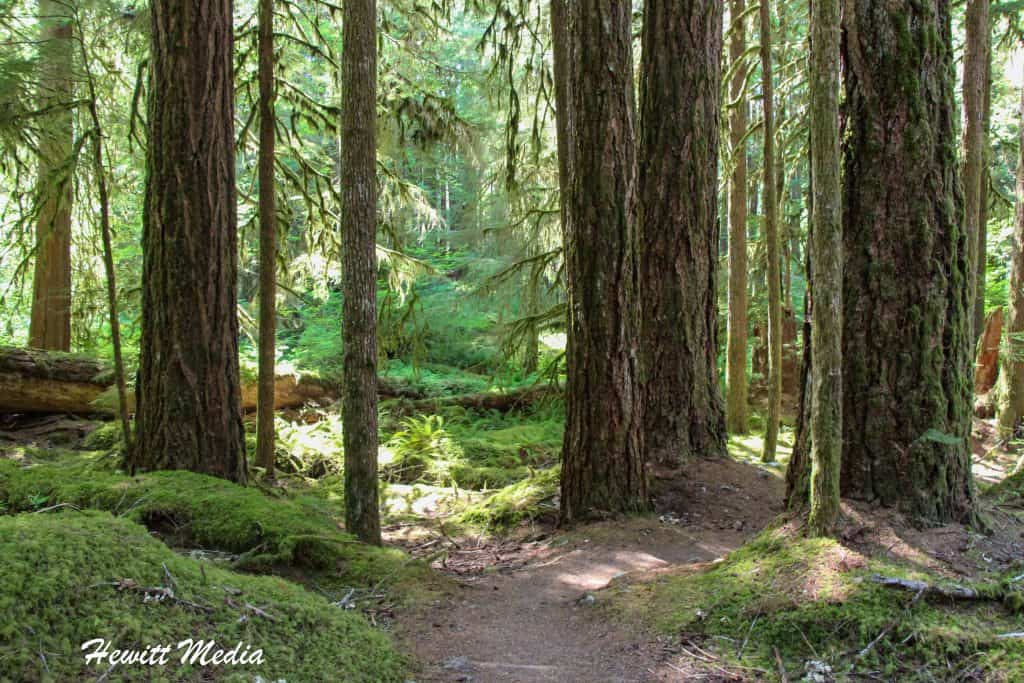
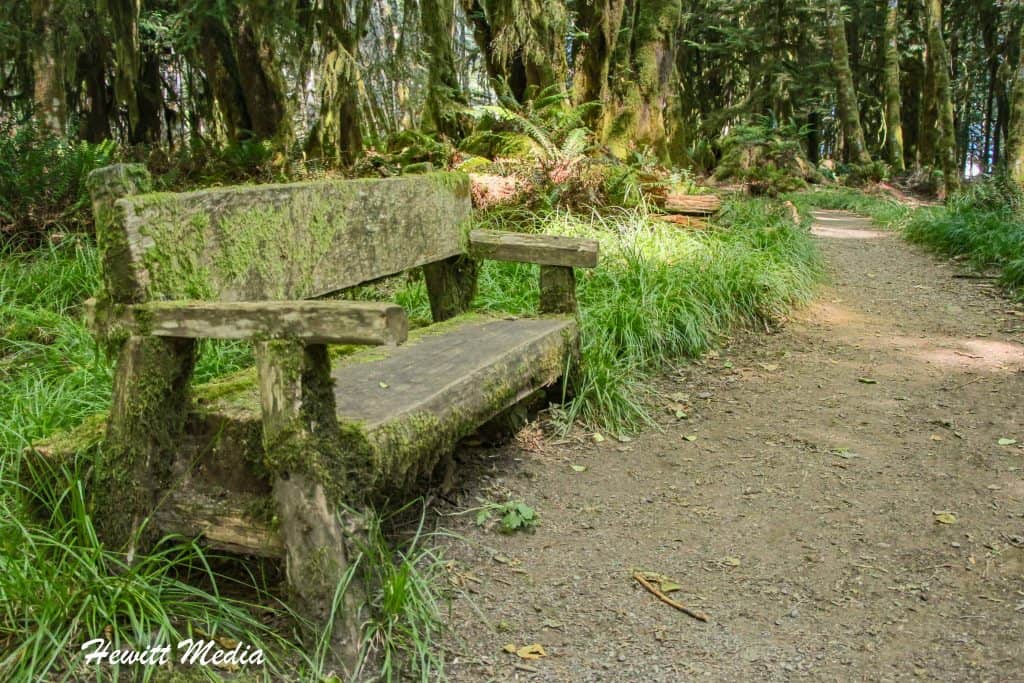
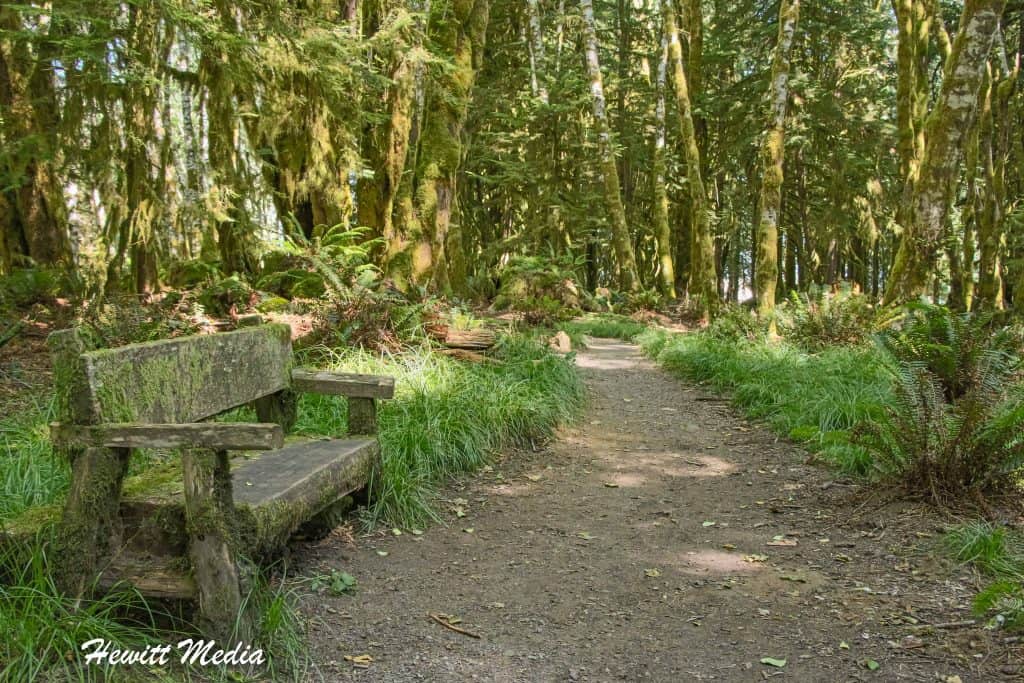
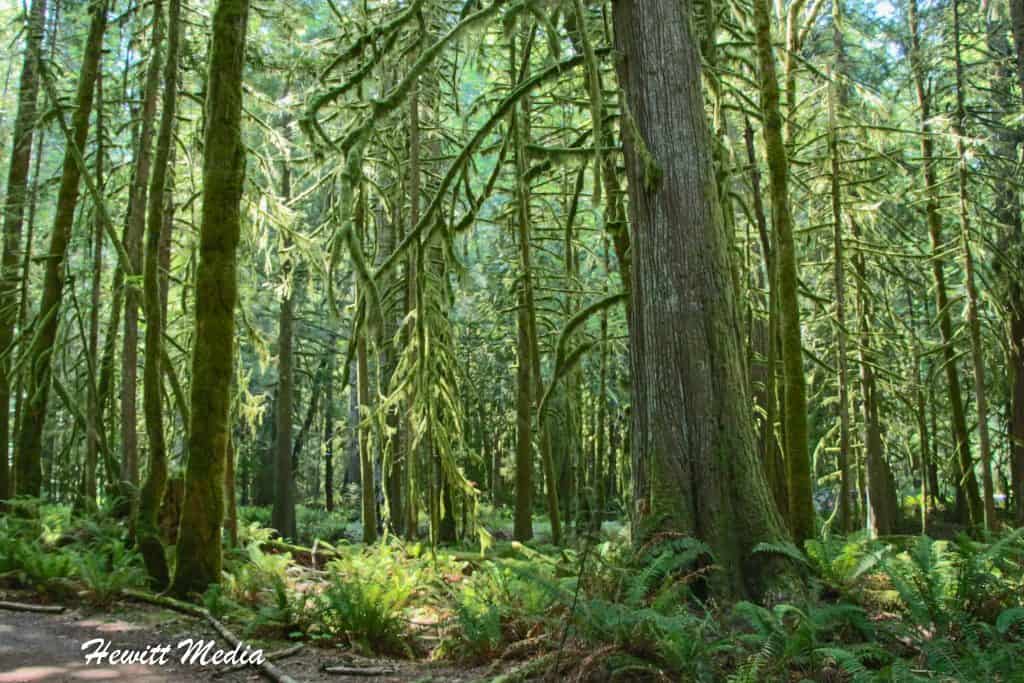



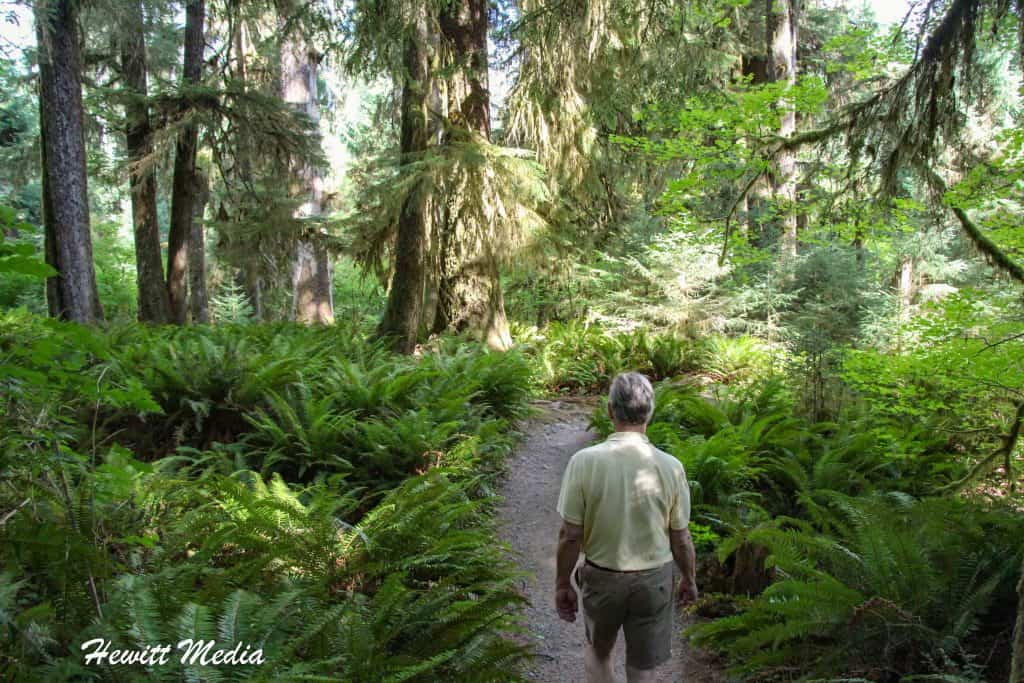
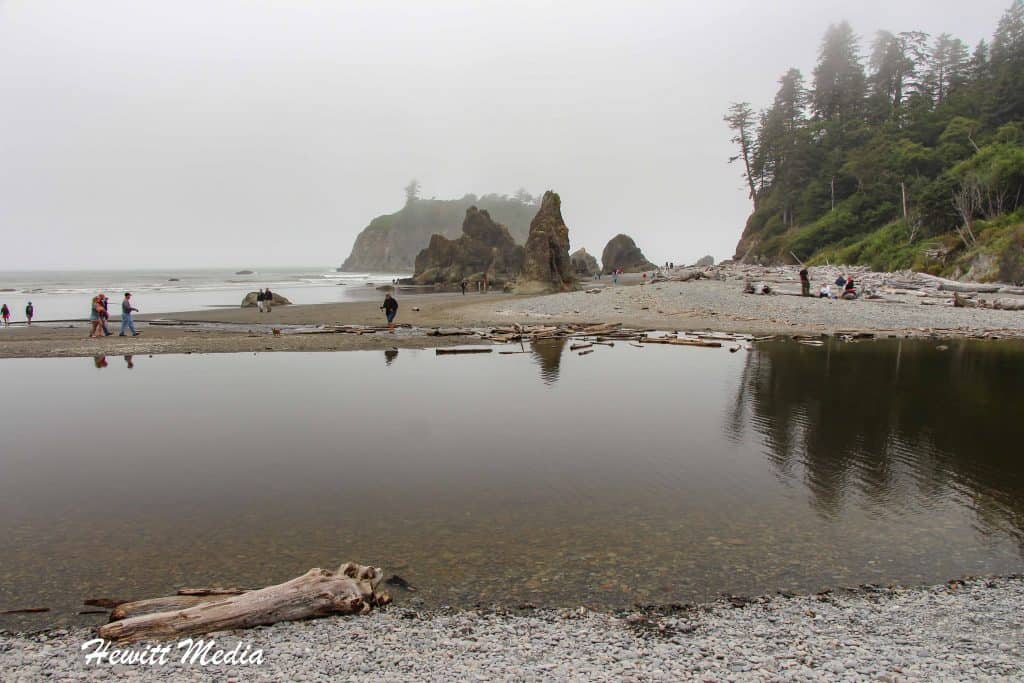
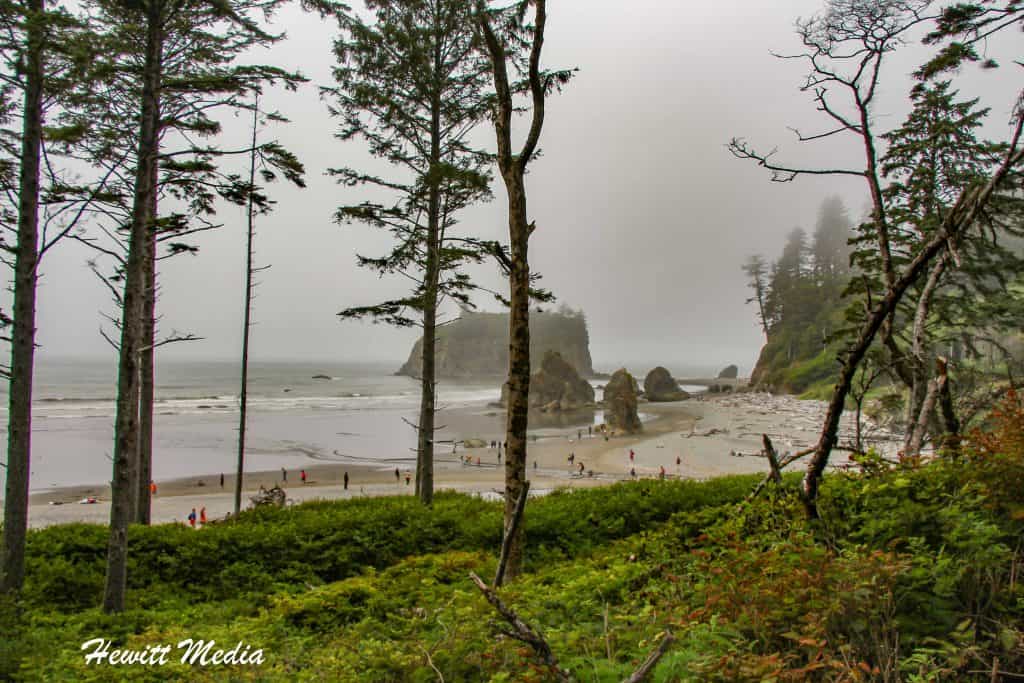
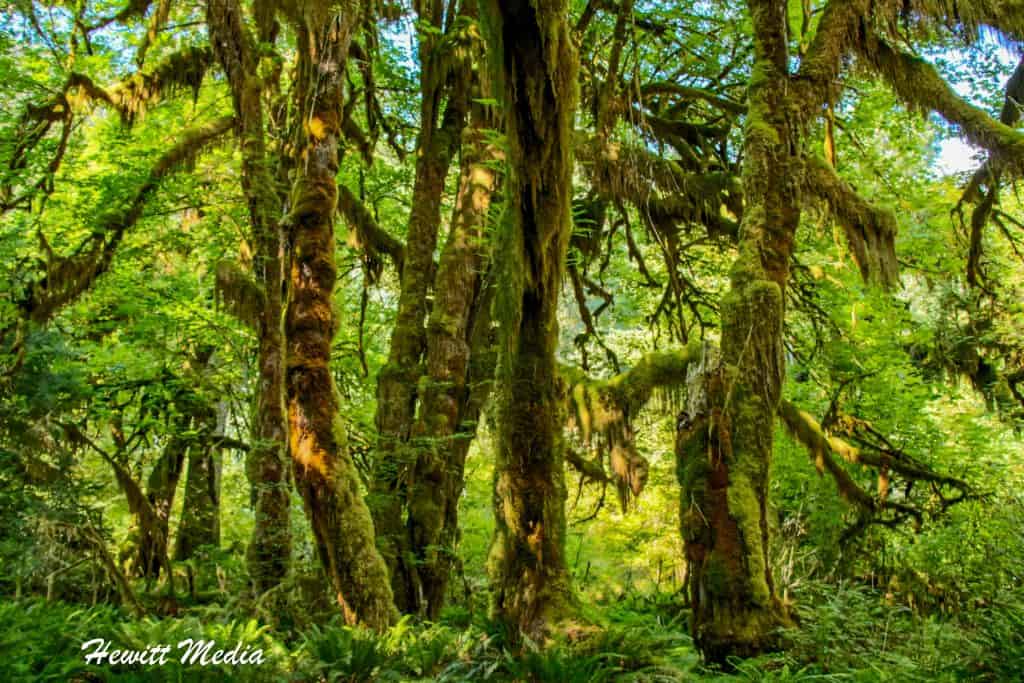
Don’t Forget to Subscribe to My Adventures!
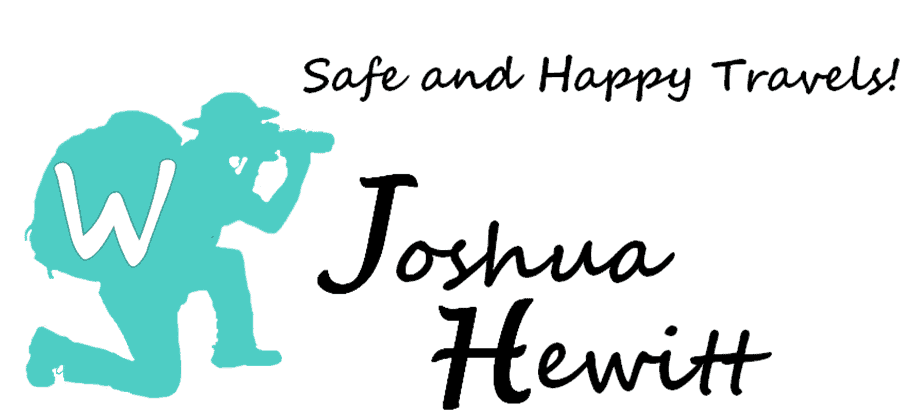
Let Me Help You Save On Your Next Adventure!











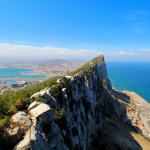
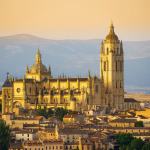



Thanks for the tips! It definitely looks gorgeous…hope to visit someday 😊
You are very welcome!
This was like a great blast from the past! Thanks Josh!
Thanks for reading LuAnn! You are welcome!
Wow! You are beyond informative. Very nice.
Thank you so much!
Have been meaning to get back to the Pacific Coast below the 49th. This place might just give me the reason. Beautiful shots of a beautiful place, Josh.
Thank you! It’s a pretty special place. Safe travels!
I’m fortunate to have this park right in my back yard, and Lake Crescent is one of our favorite spots for a summer afternoon of relaxation.
Awesome! I am so jealous!
Thank you. Very Useful. We may get there later this year.
You’re very welcome! Thanks for reading!
So much good stuff! I’ll be bookmarking this for our upcoming trip. Thanks 🙏
Thank you so much!